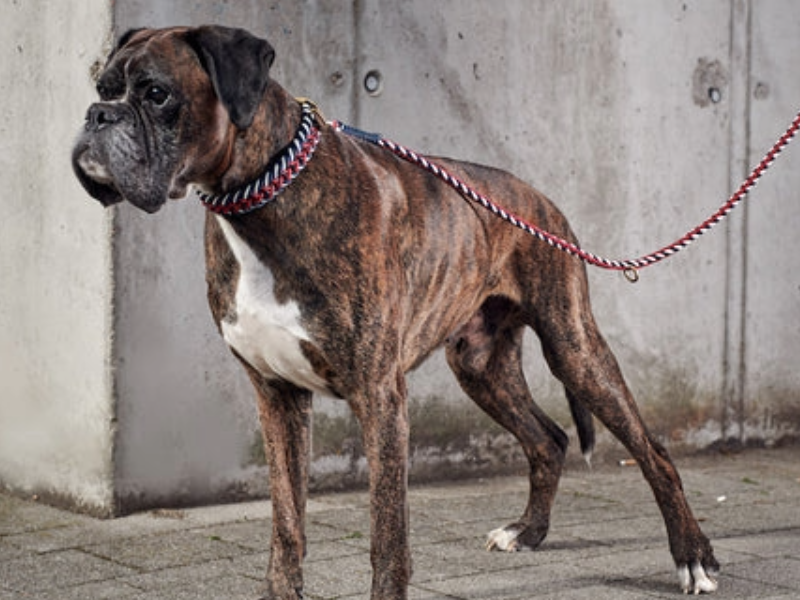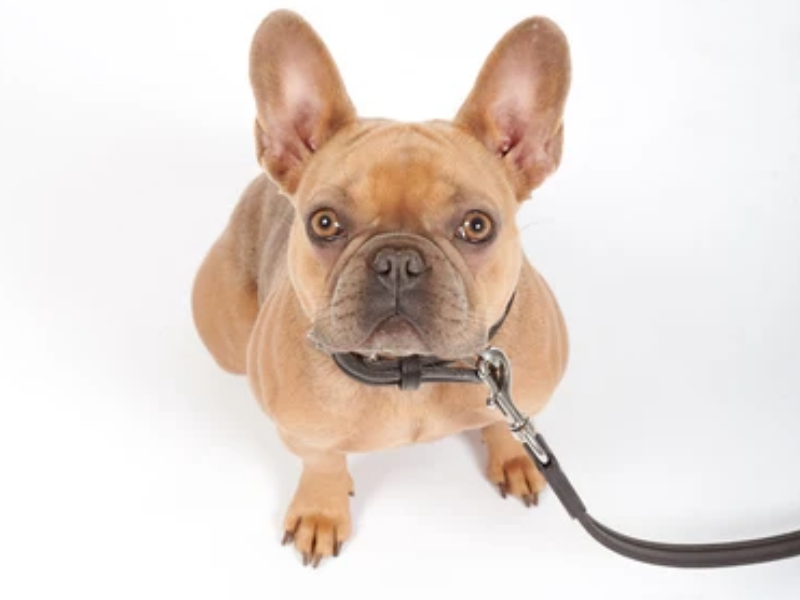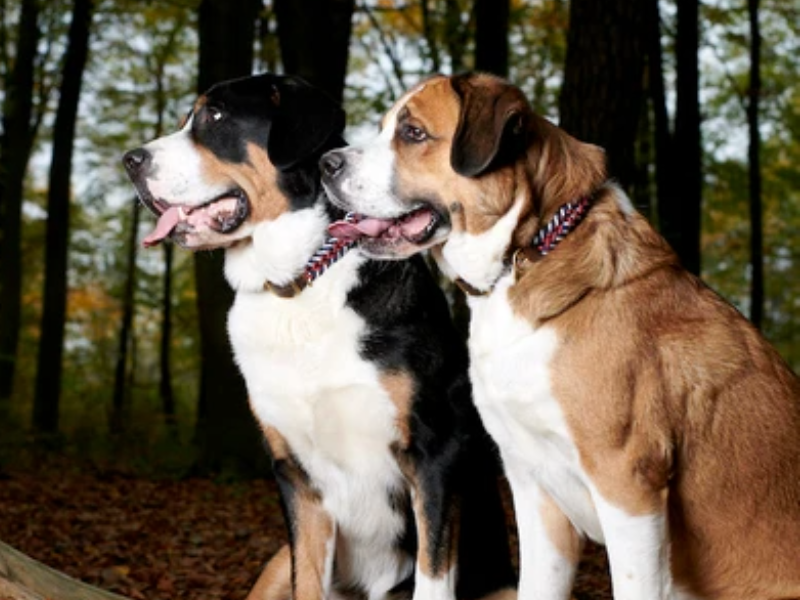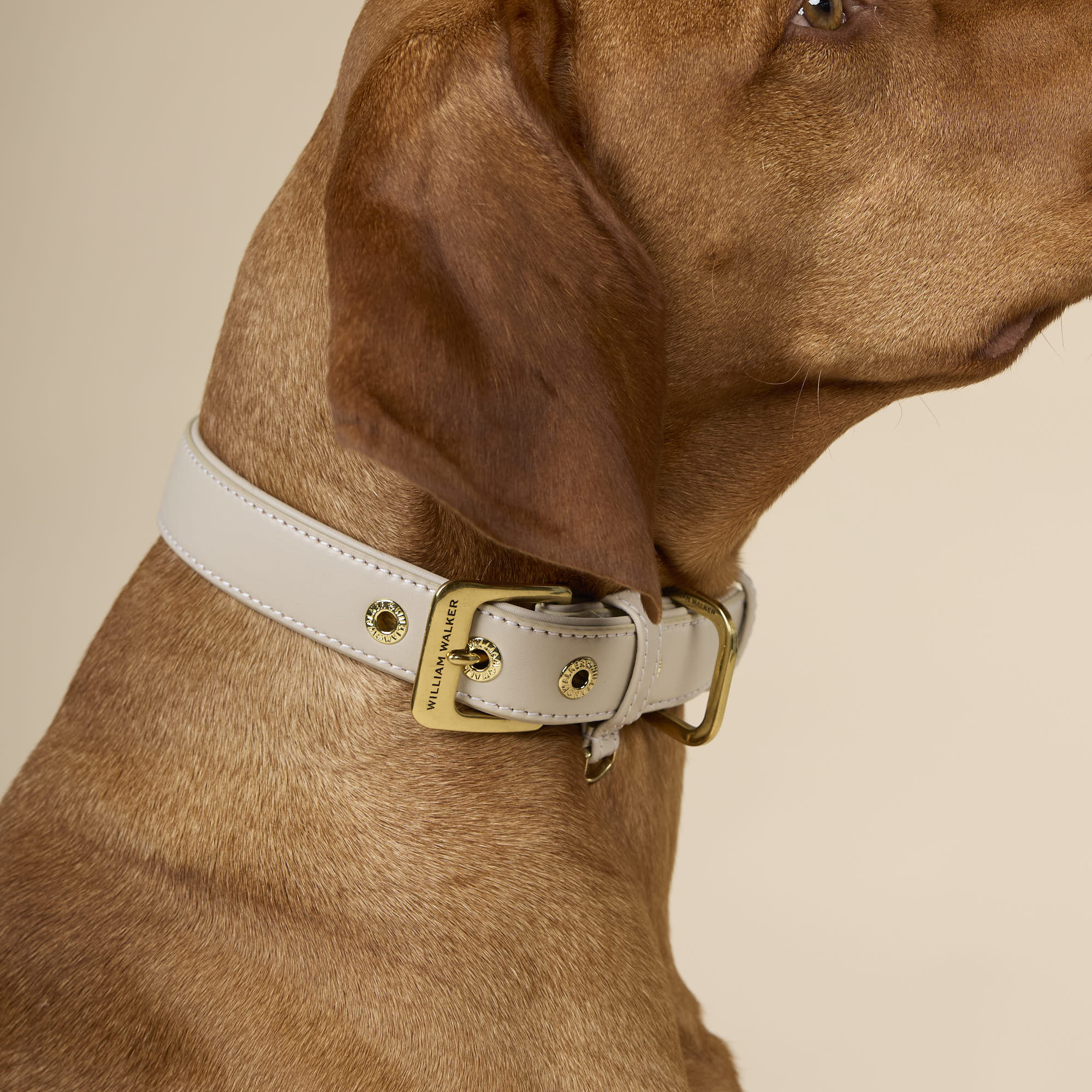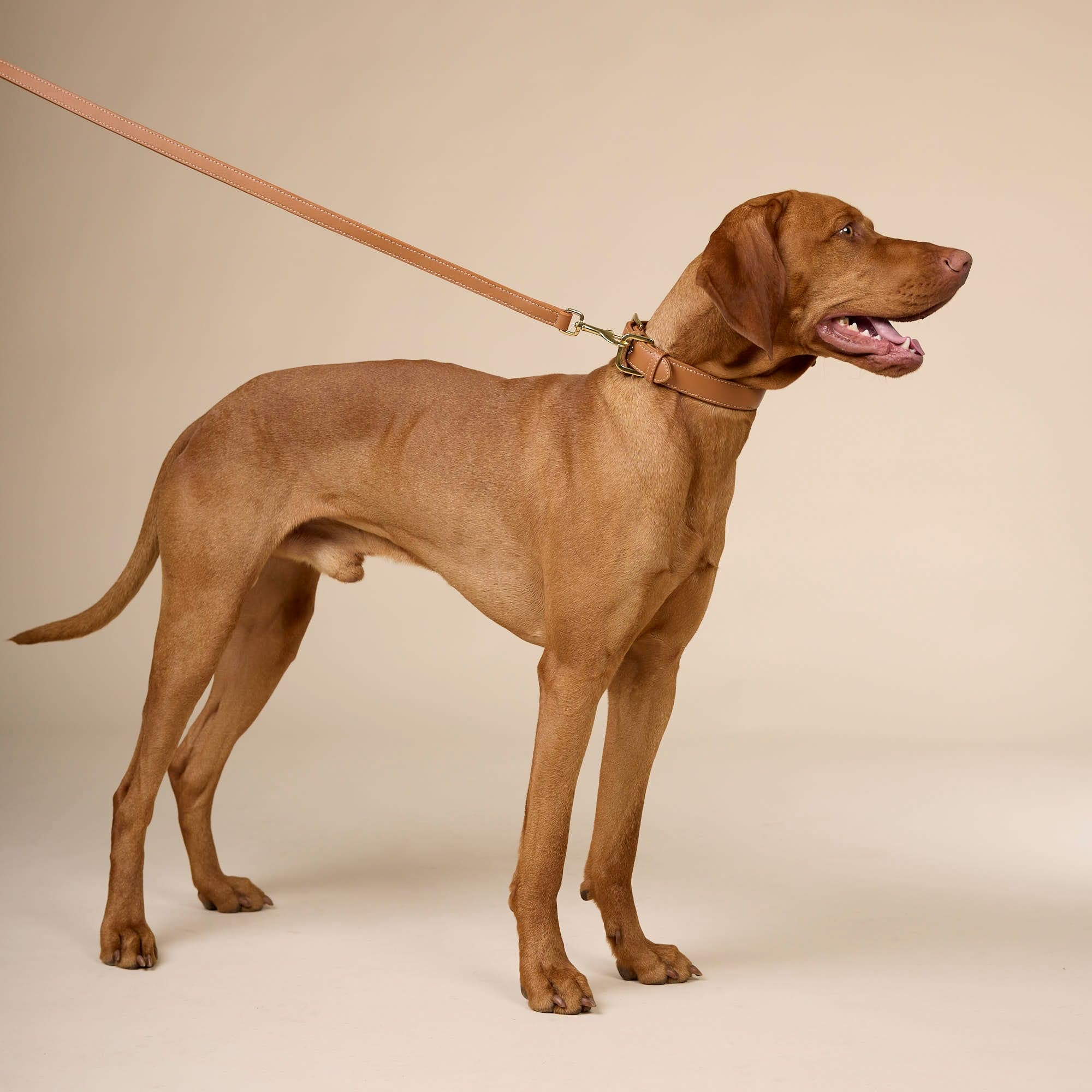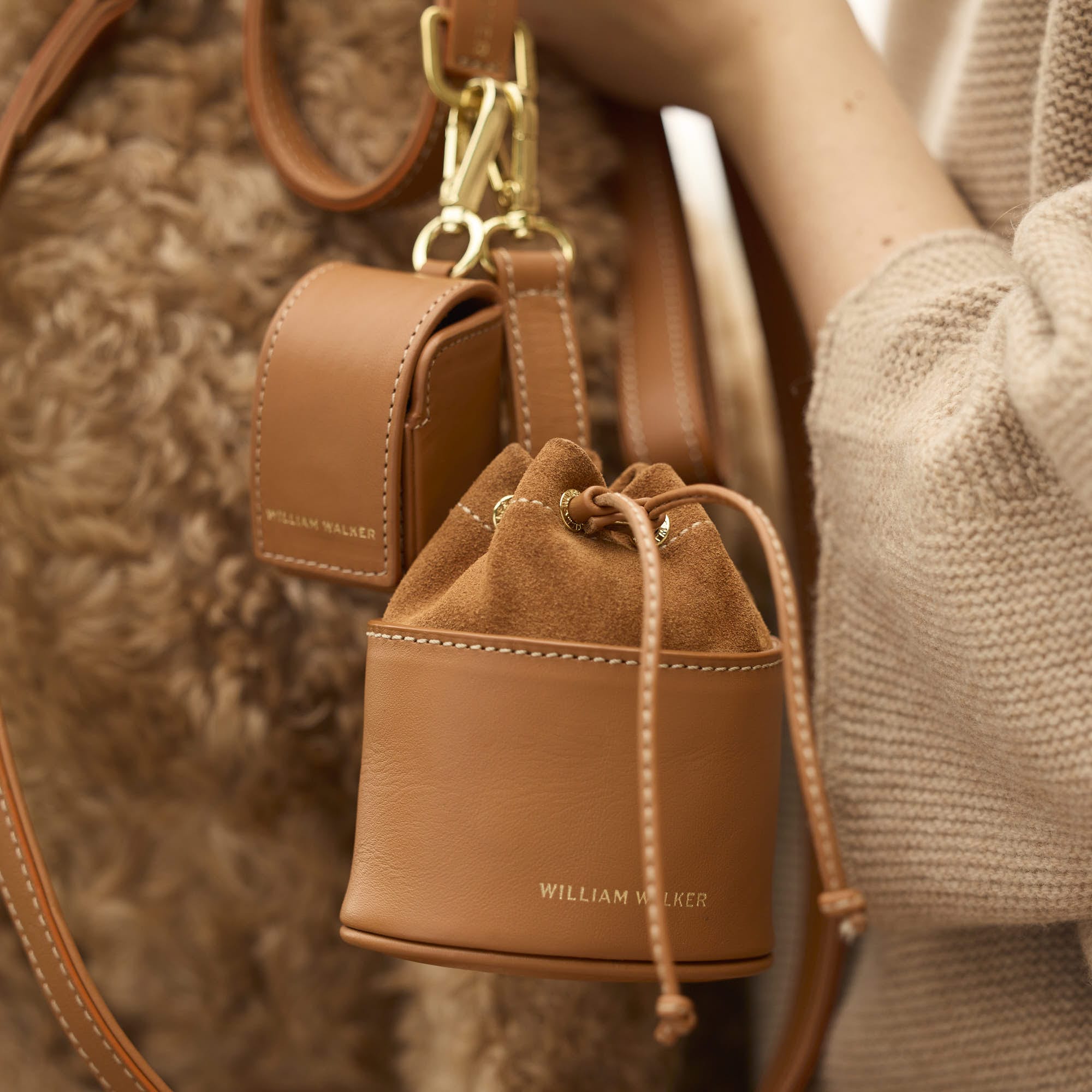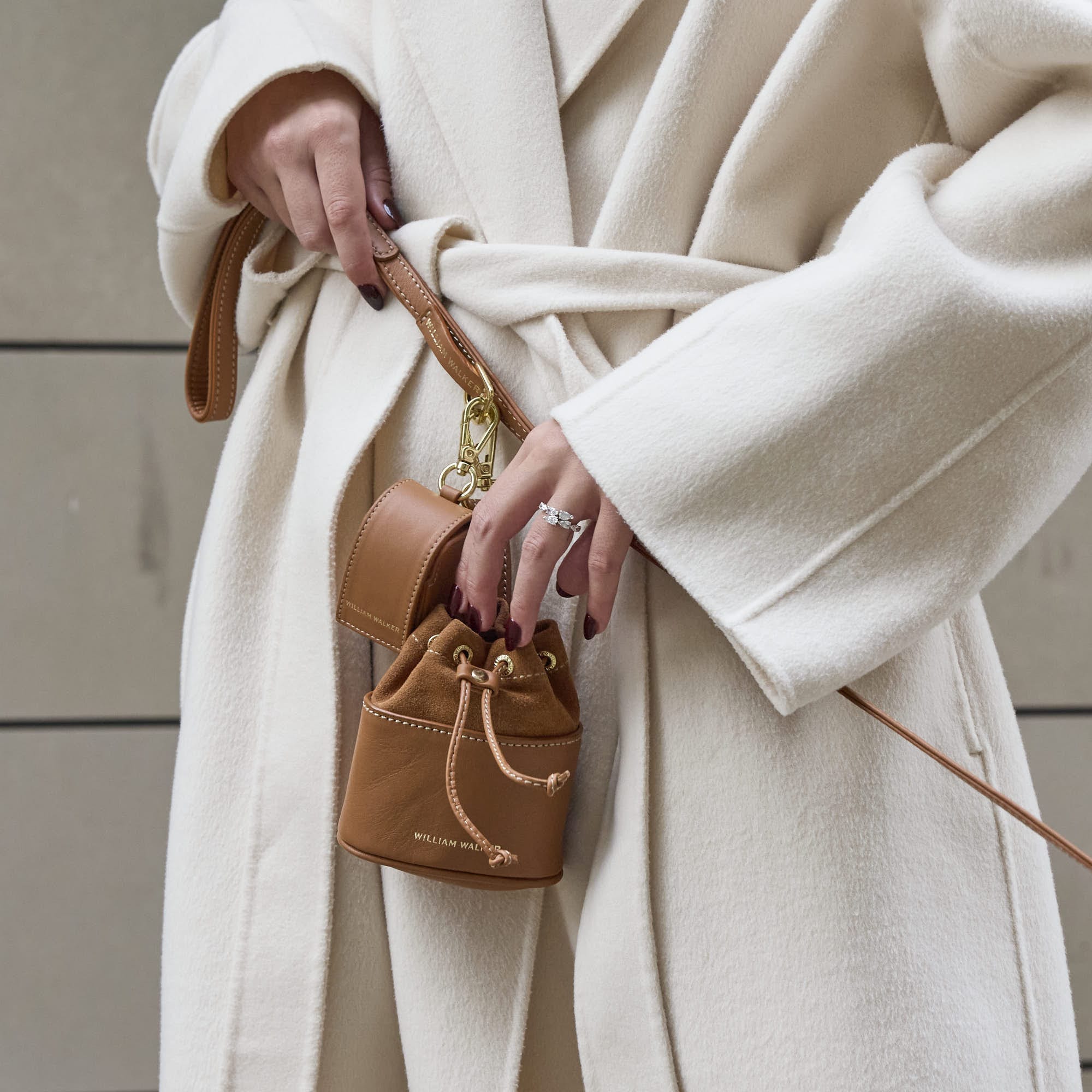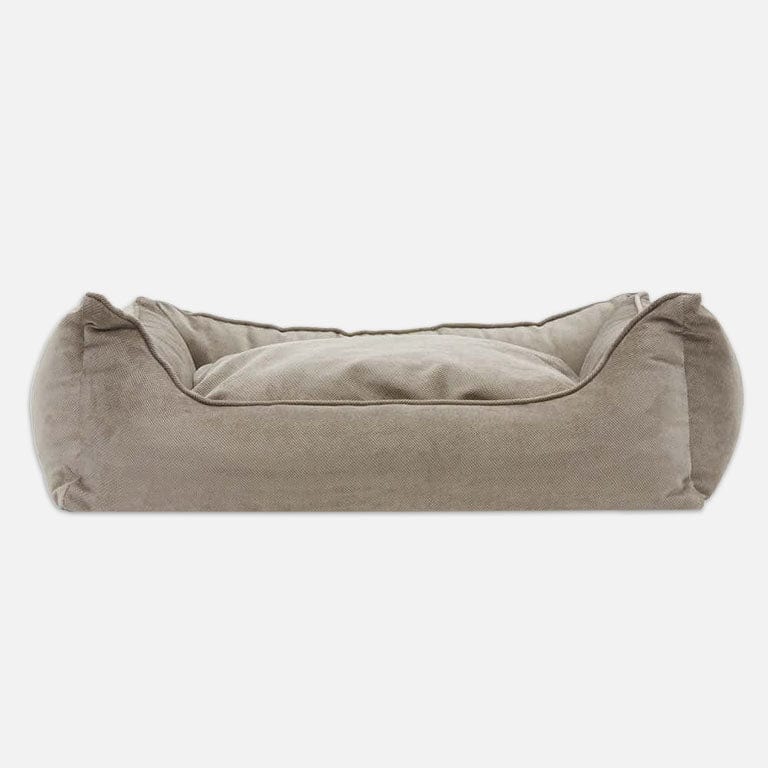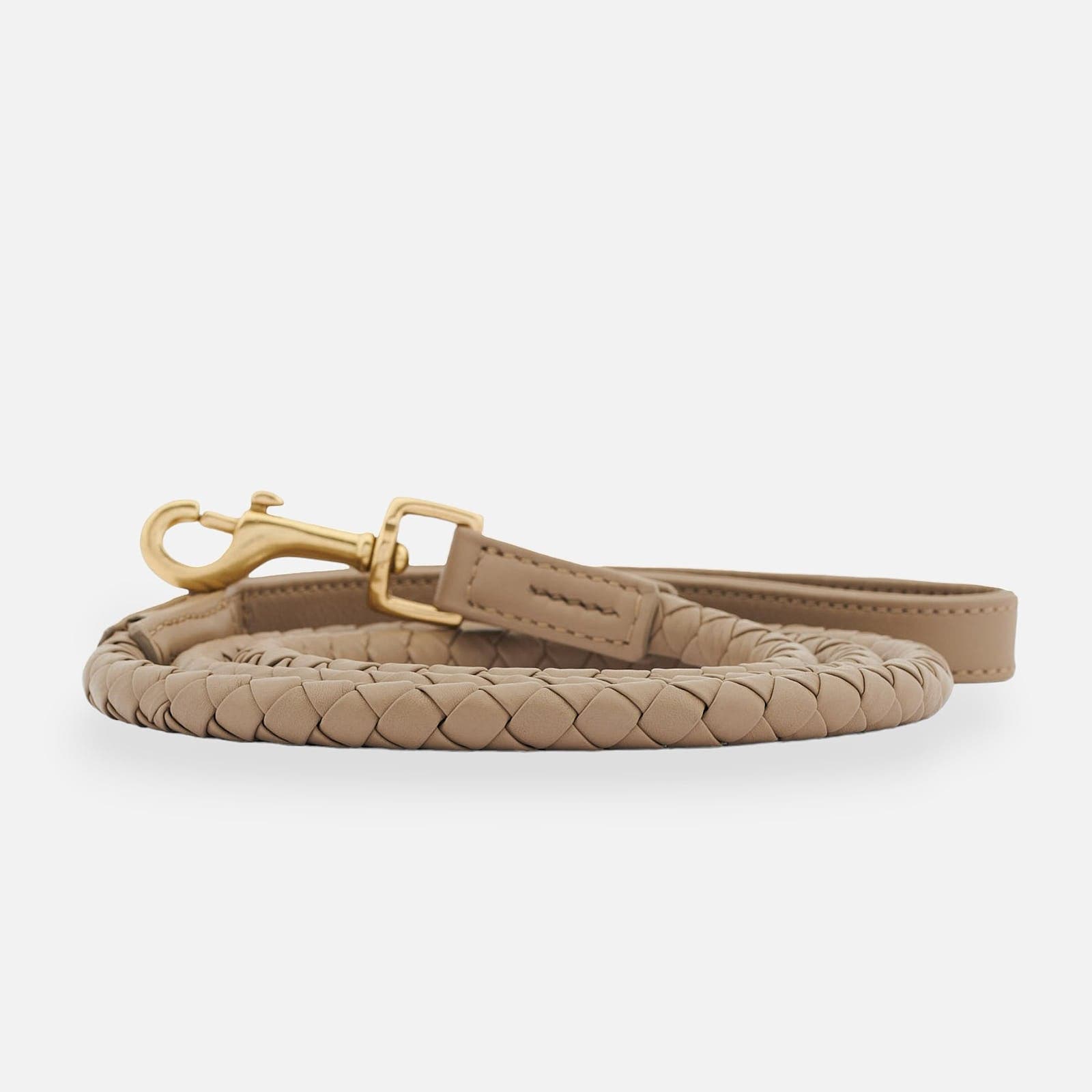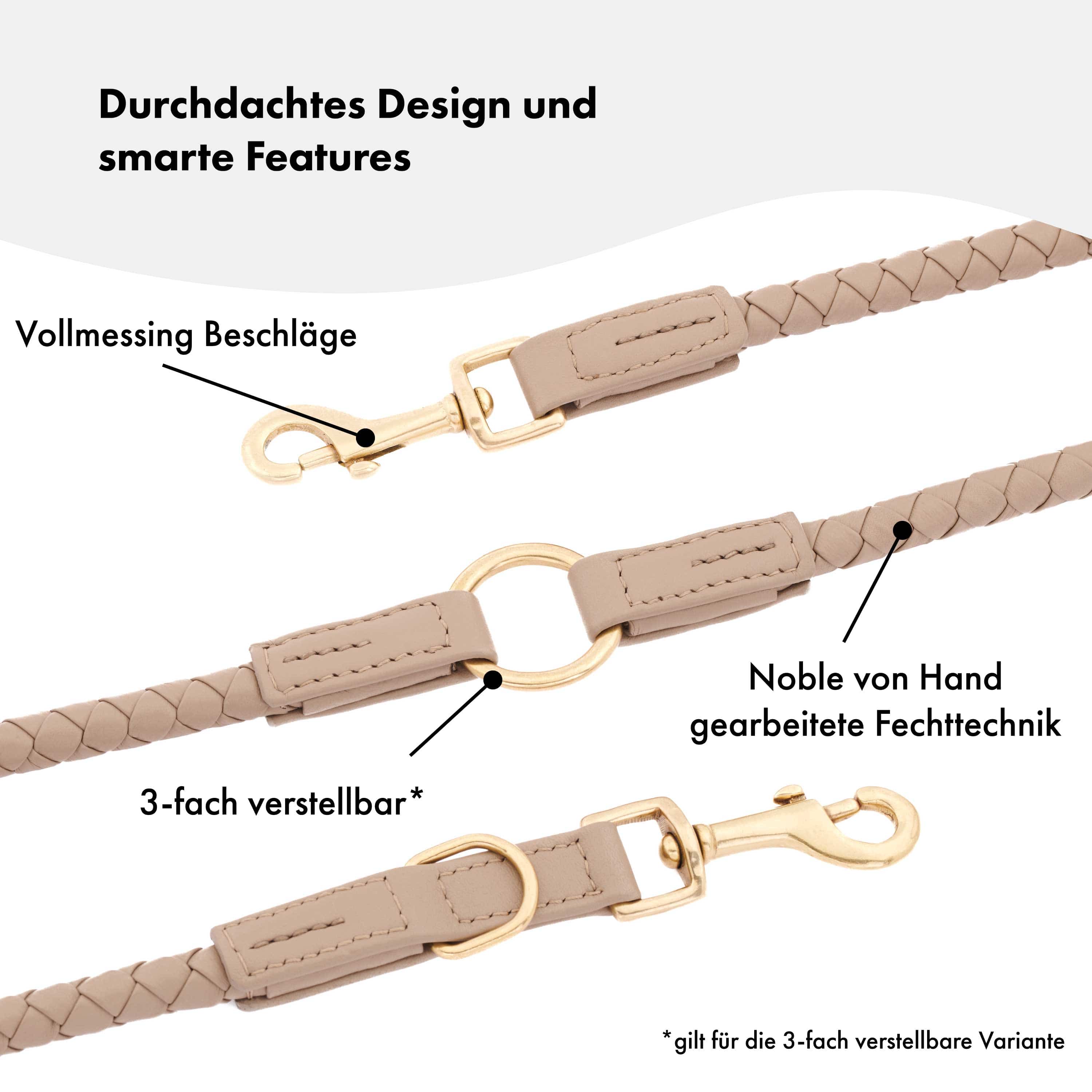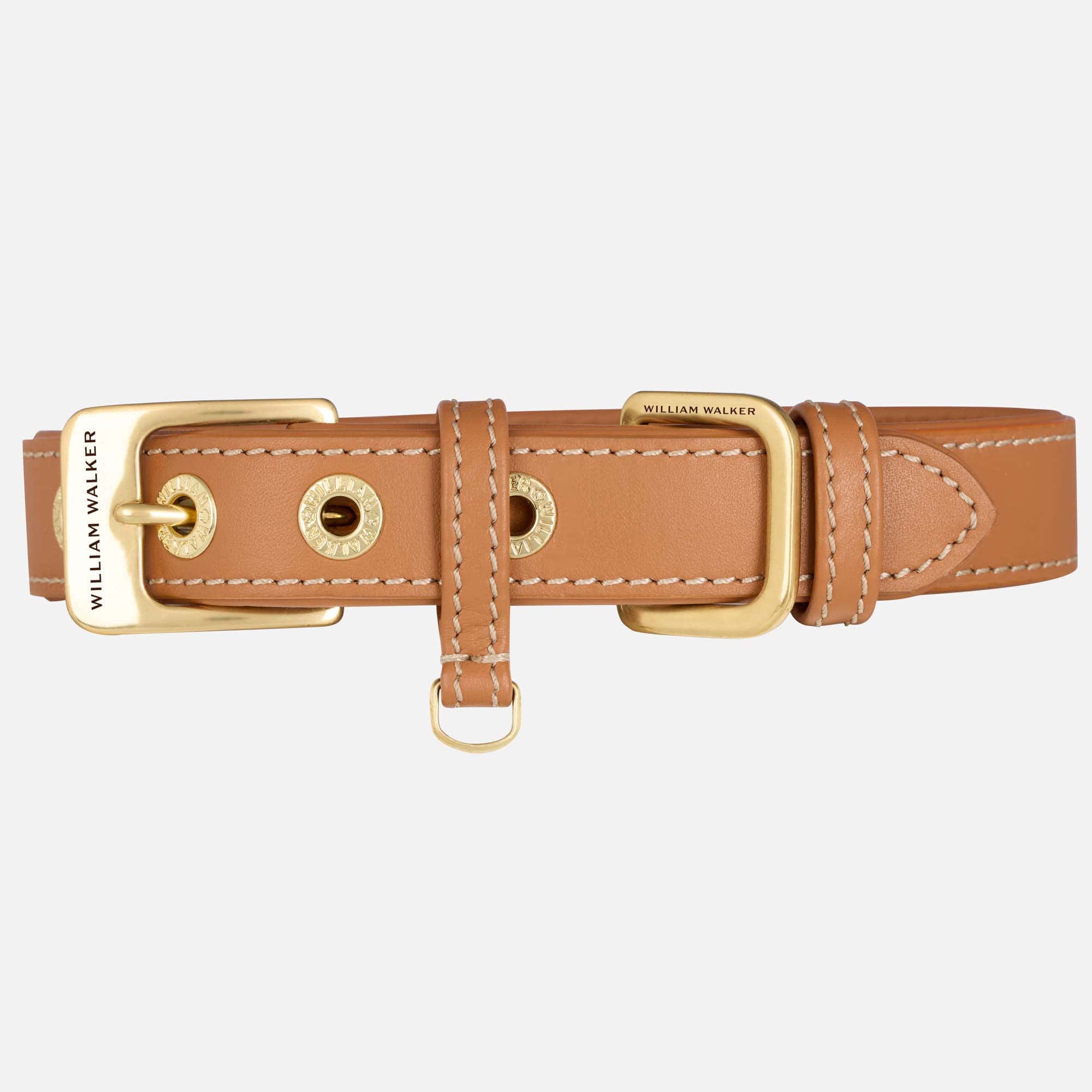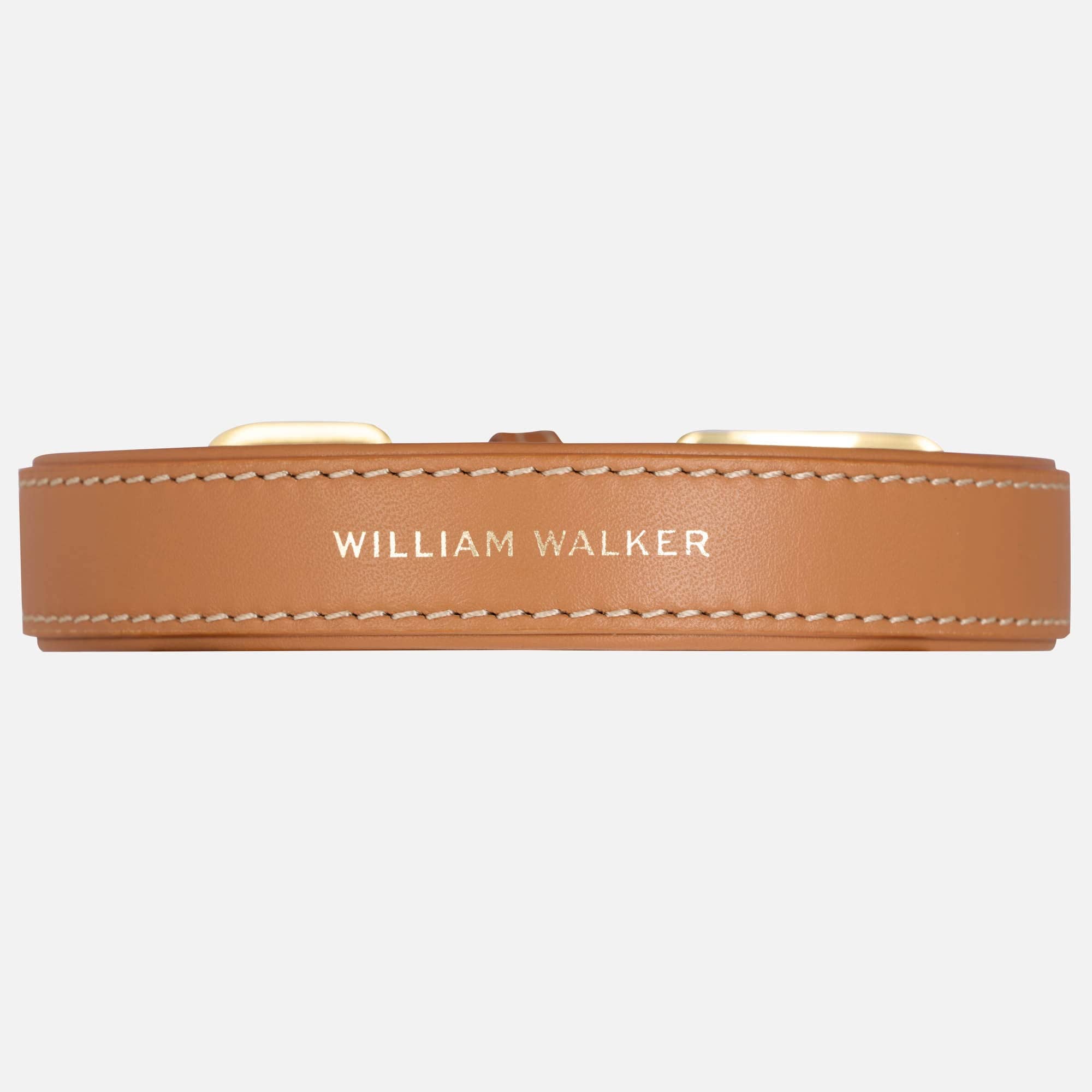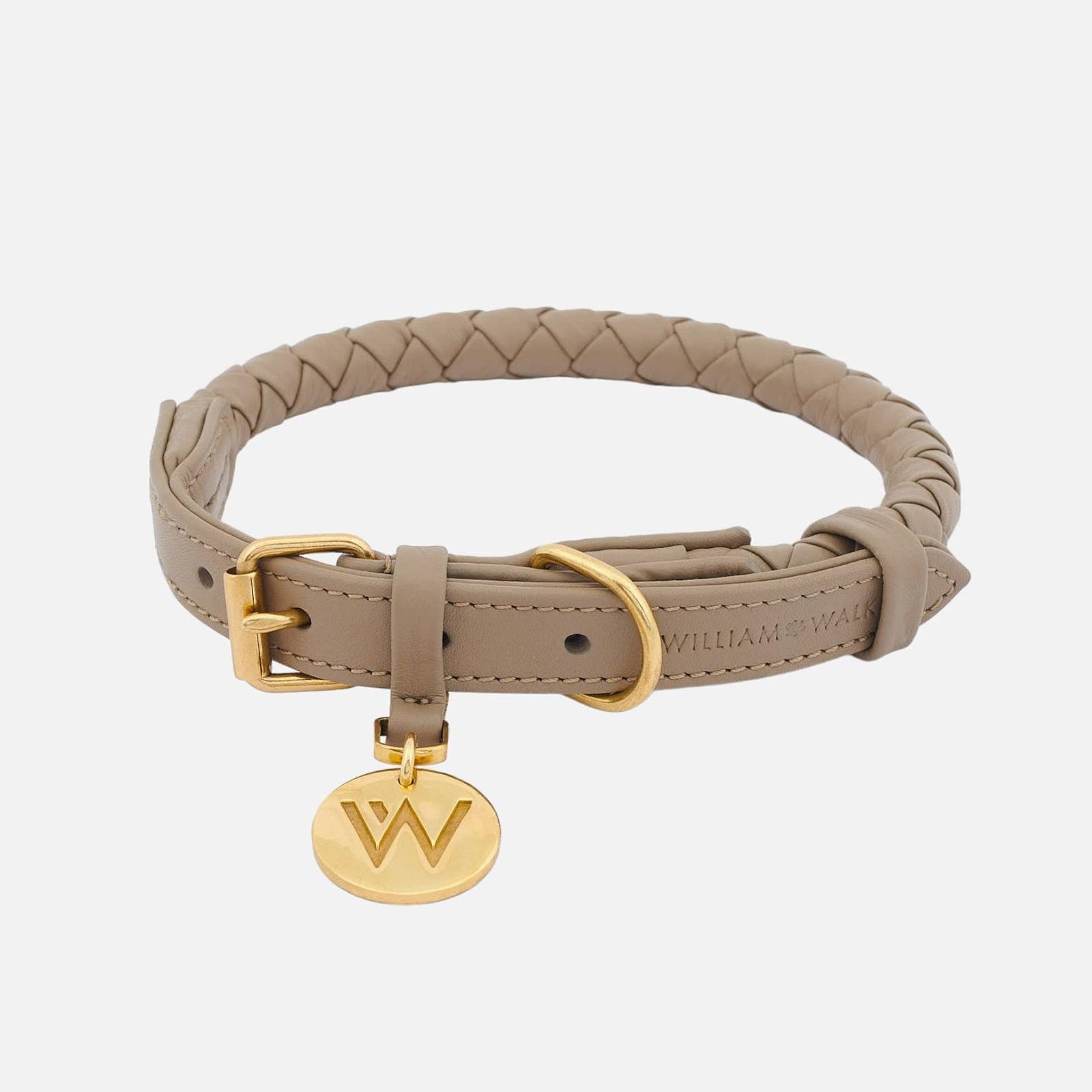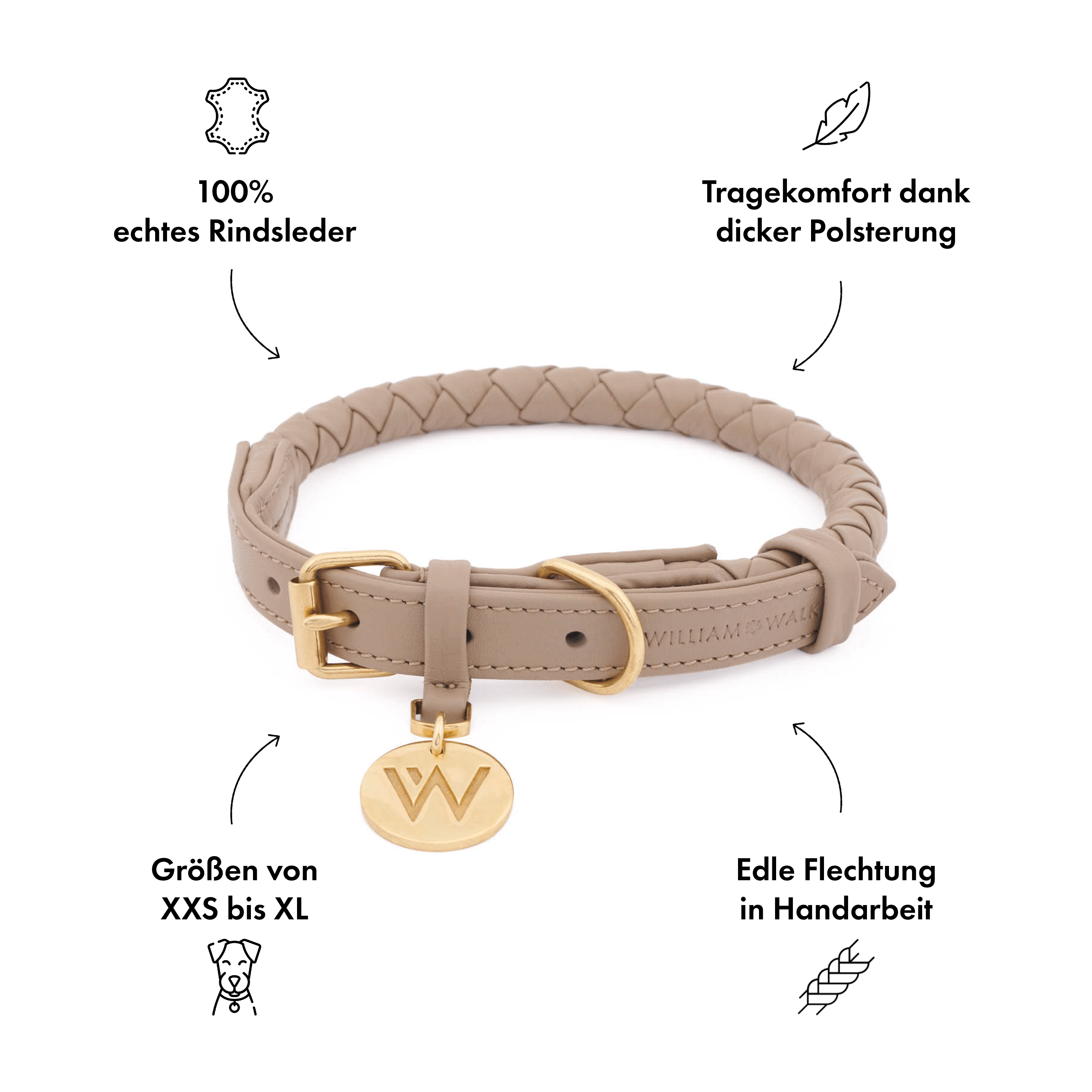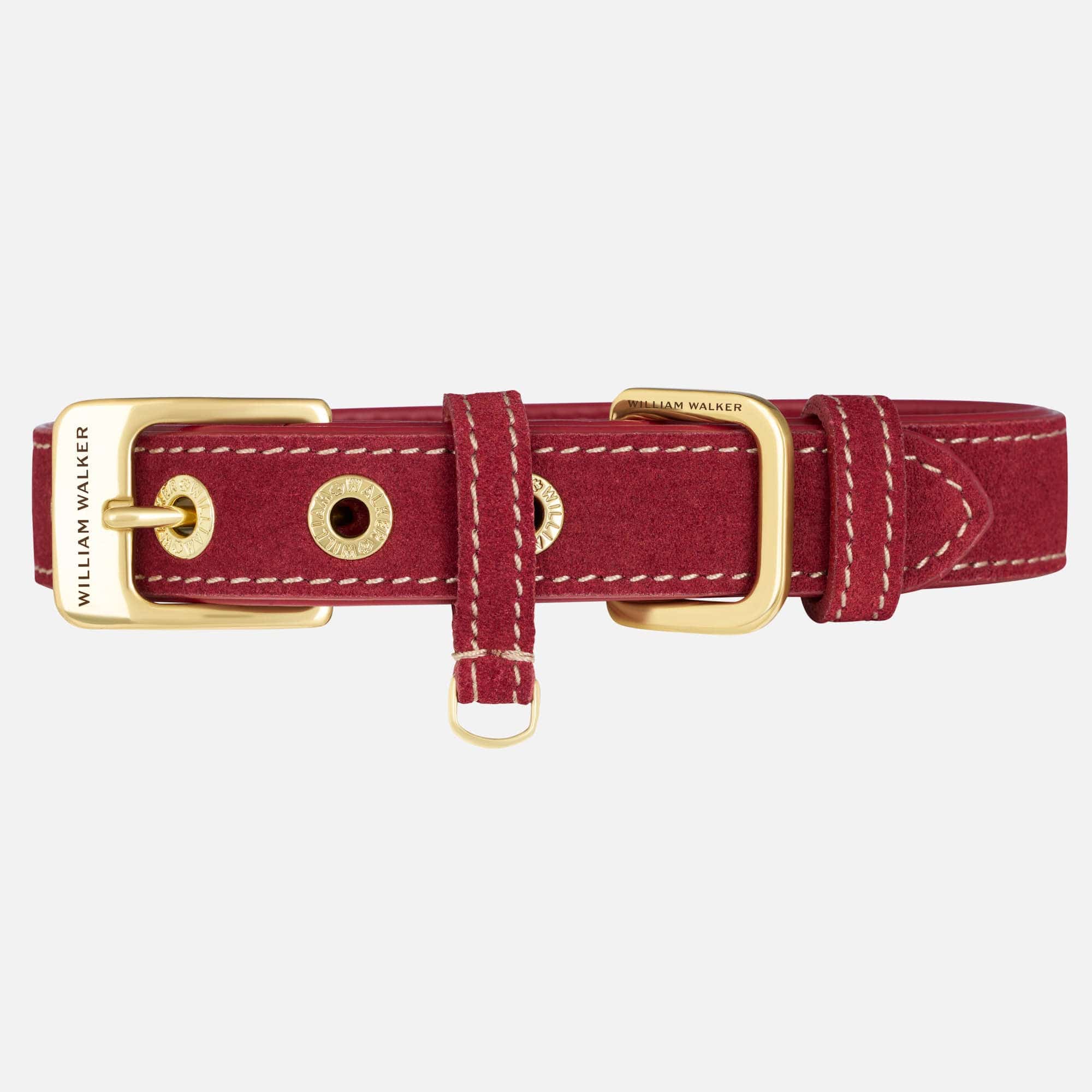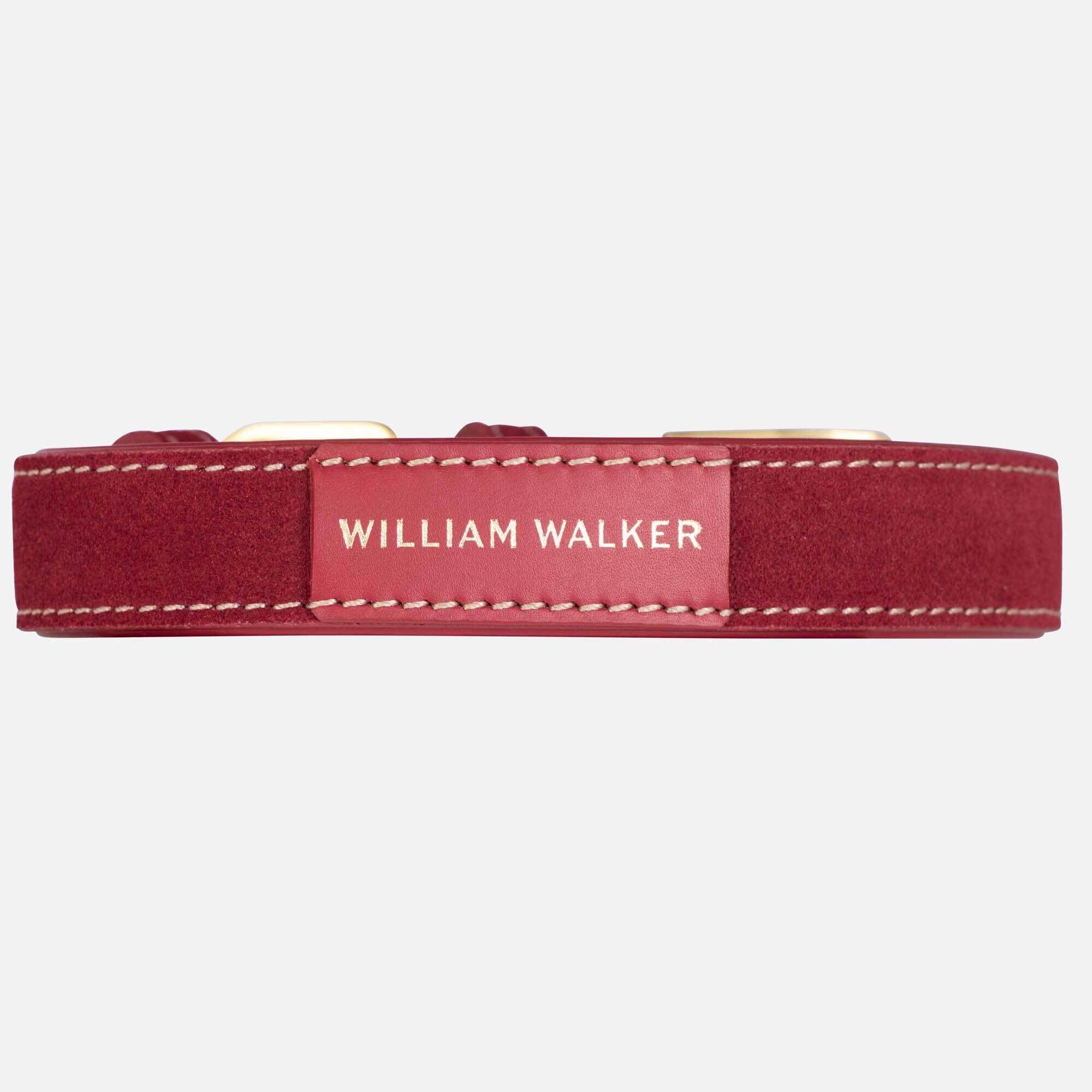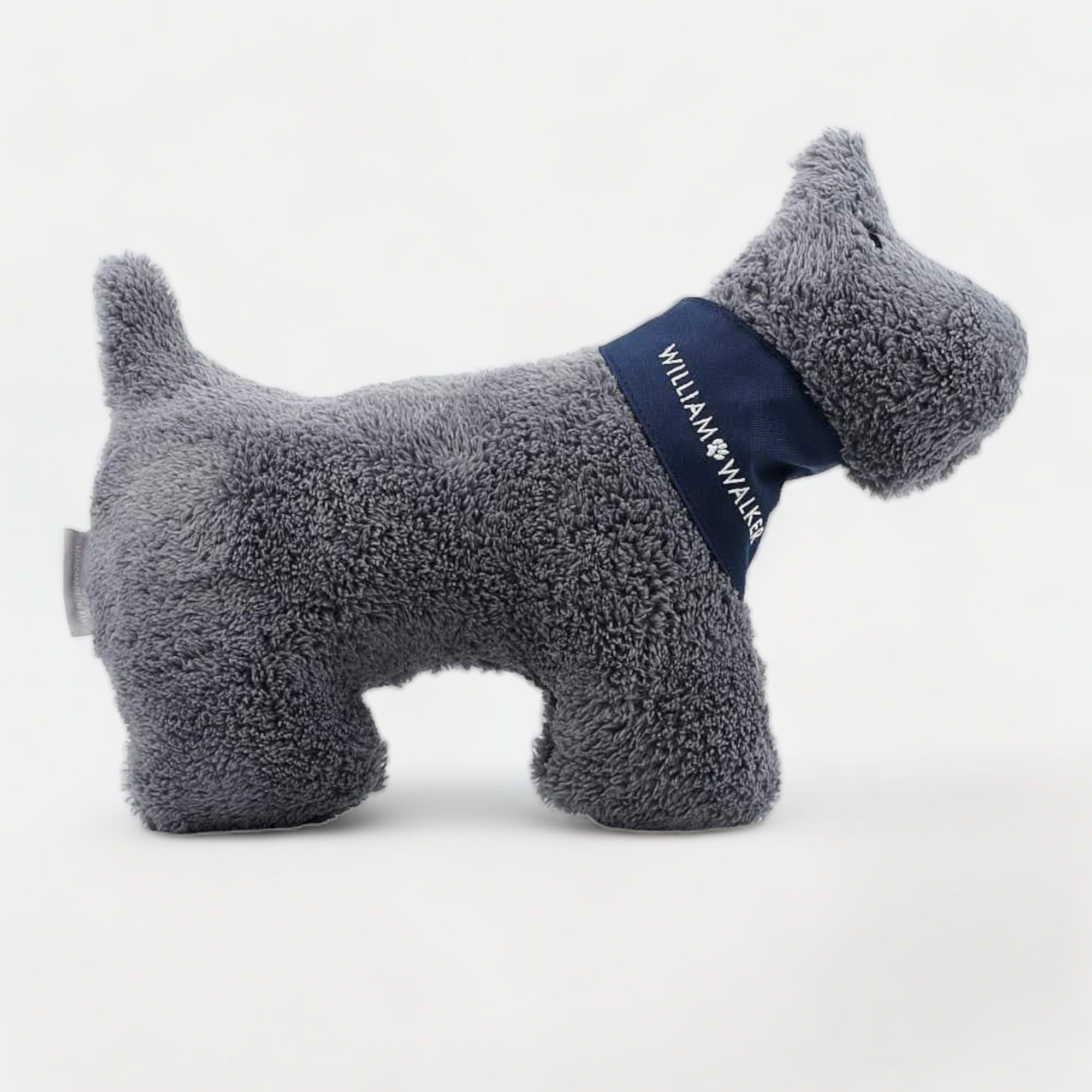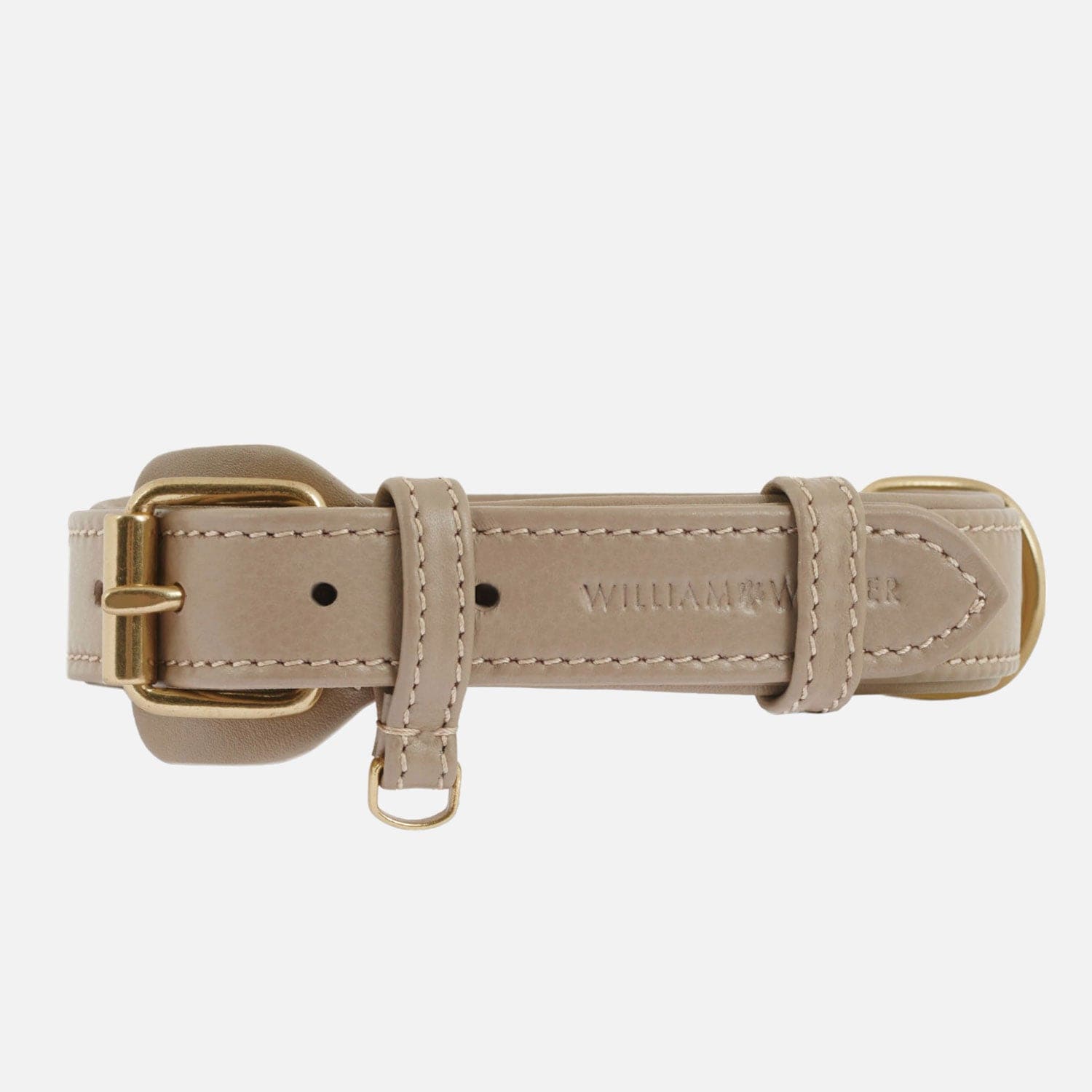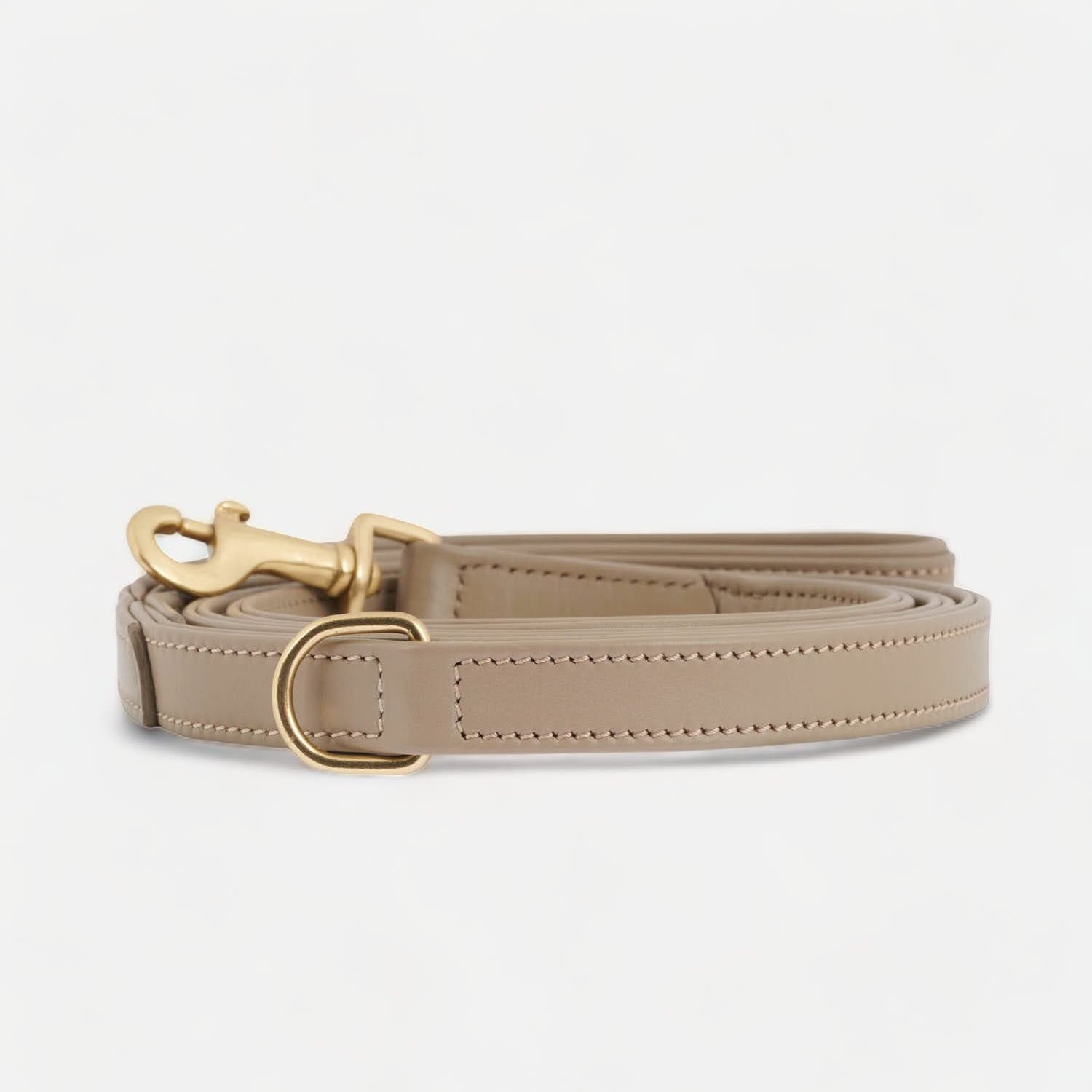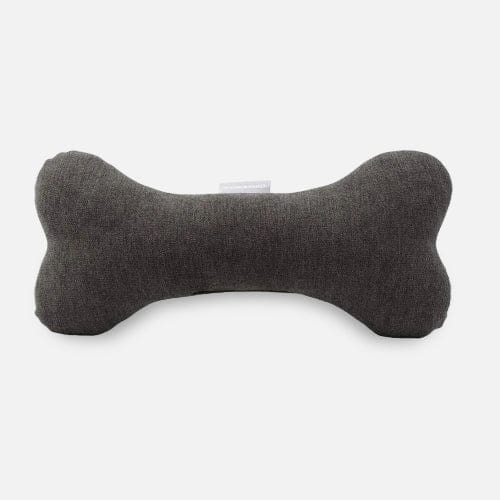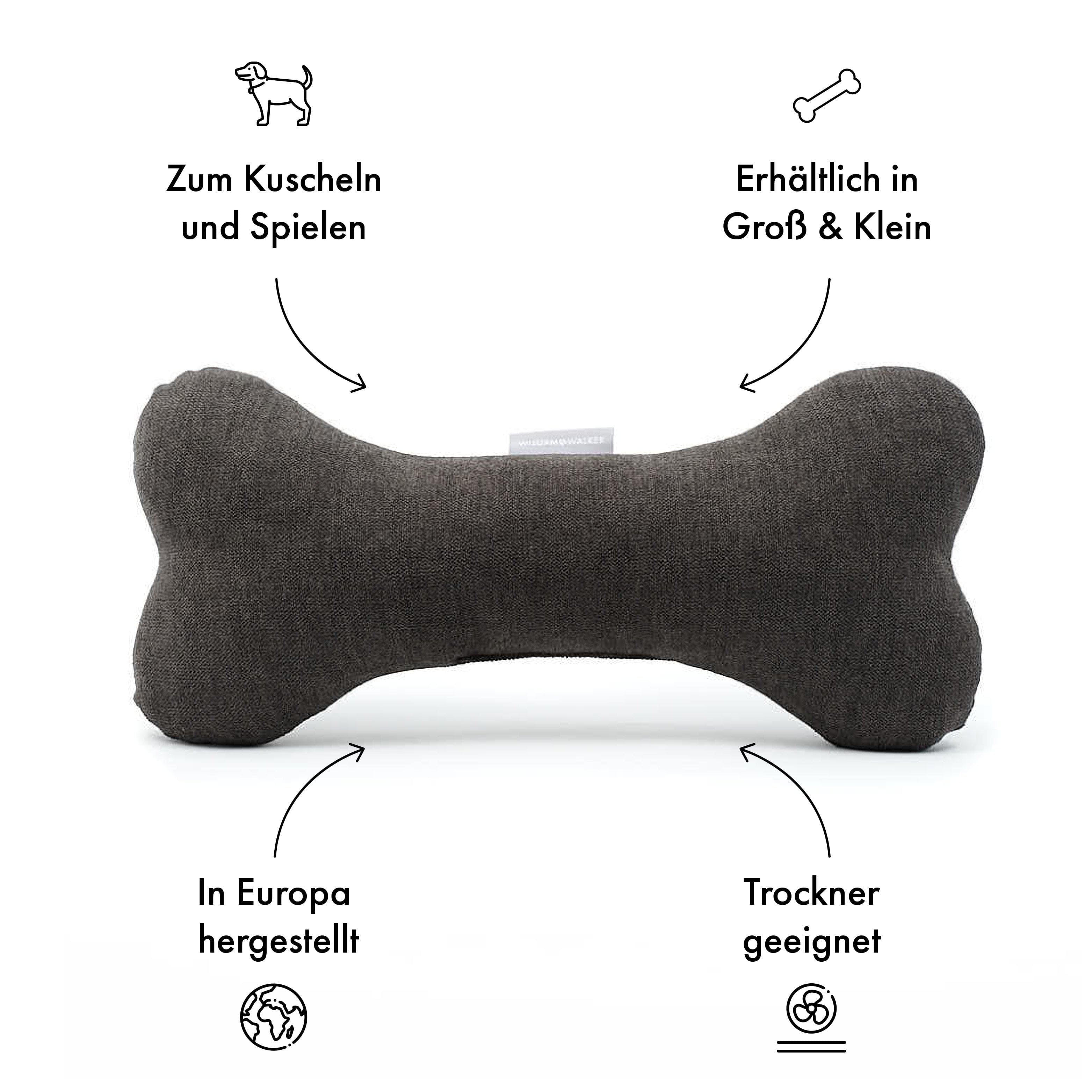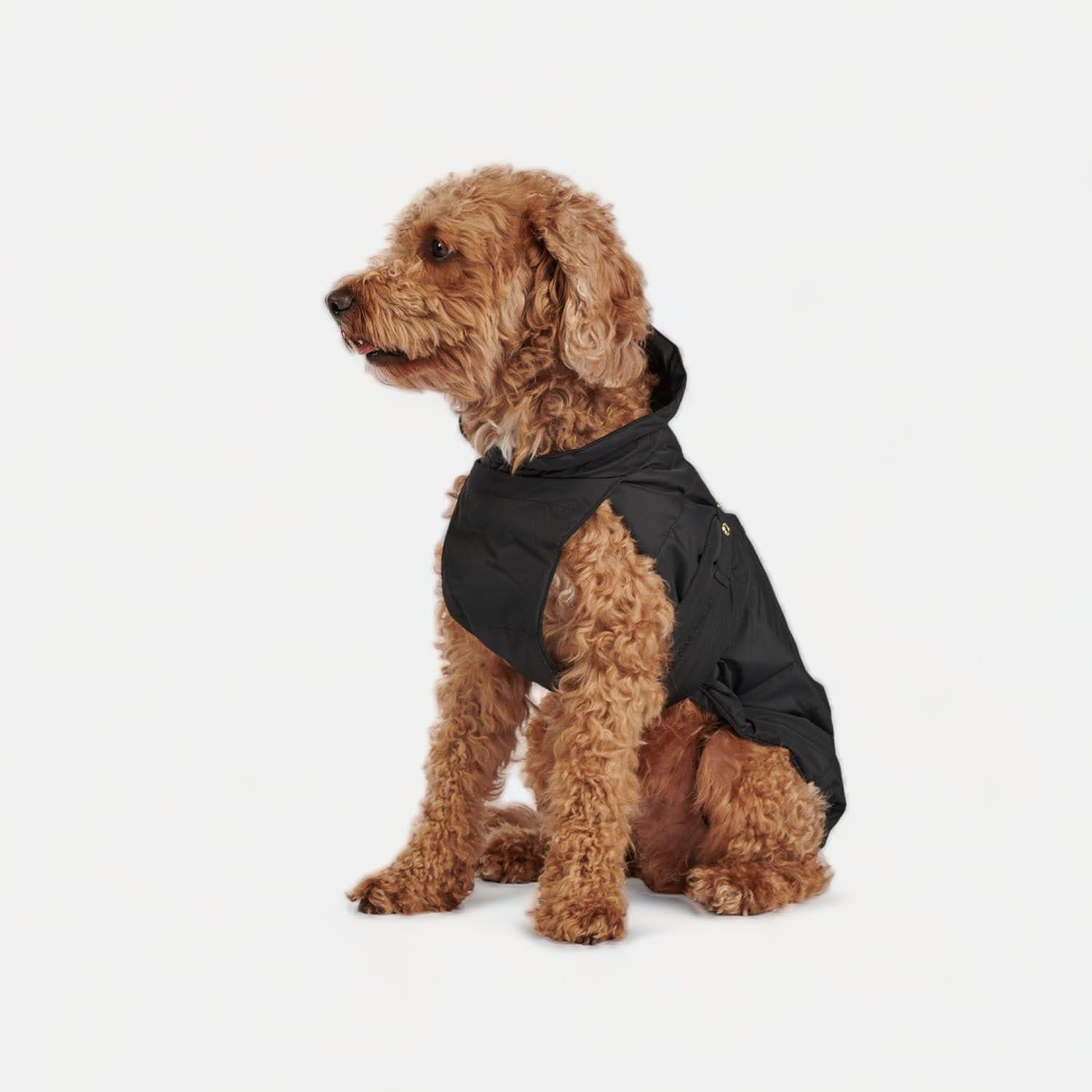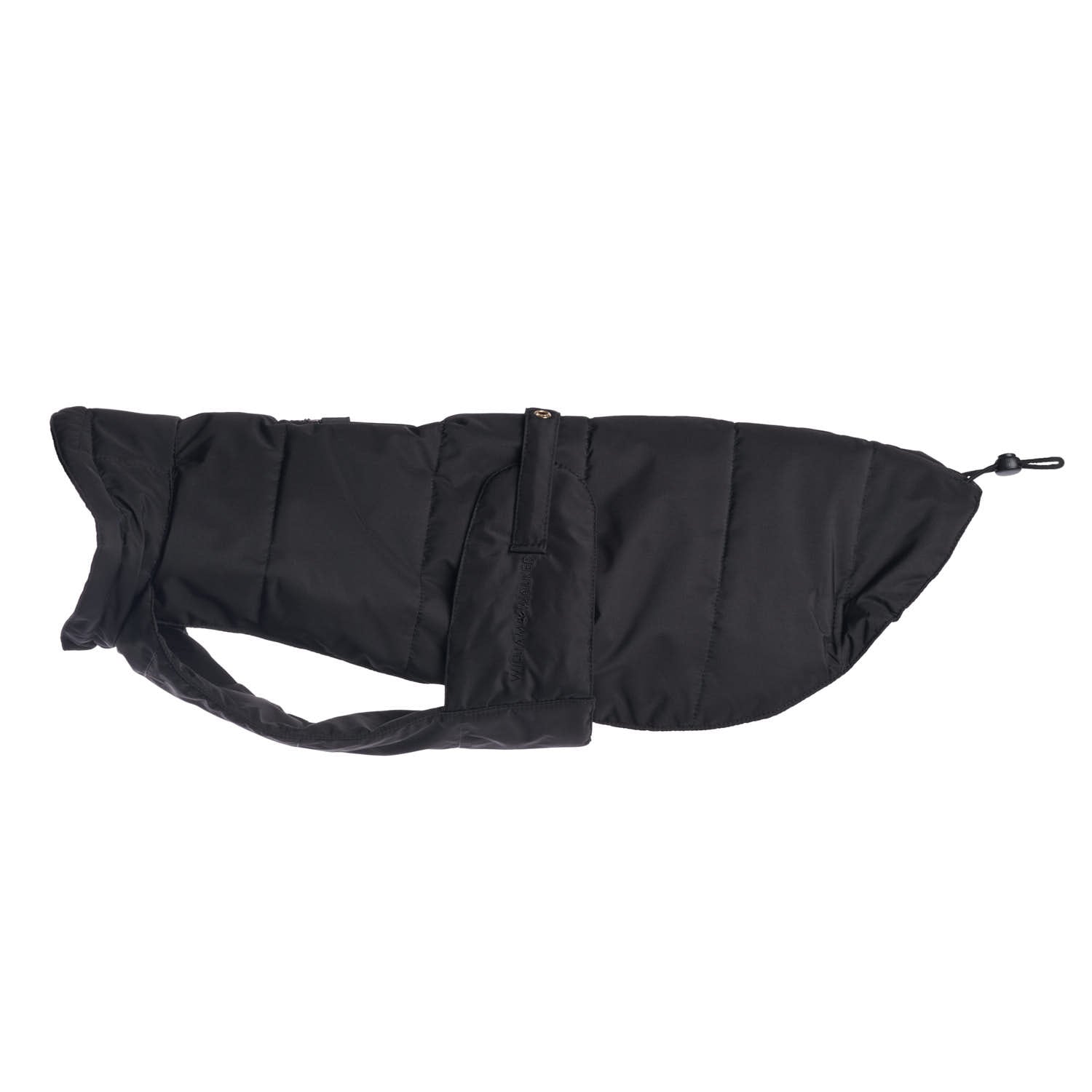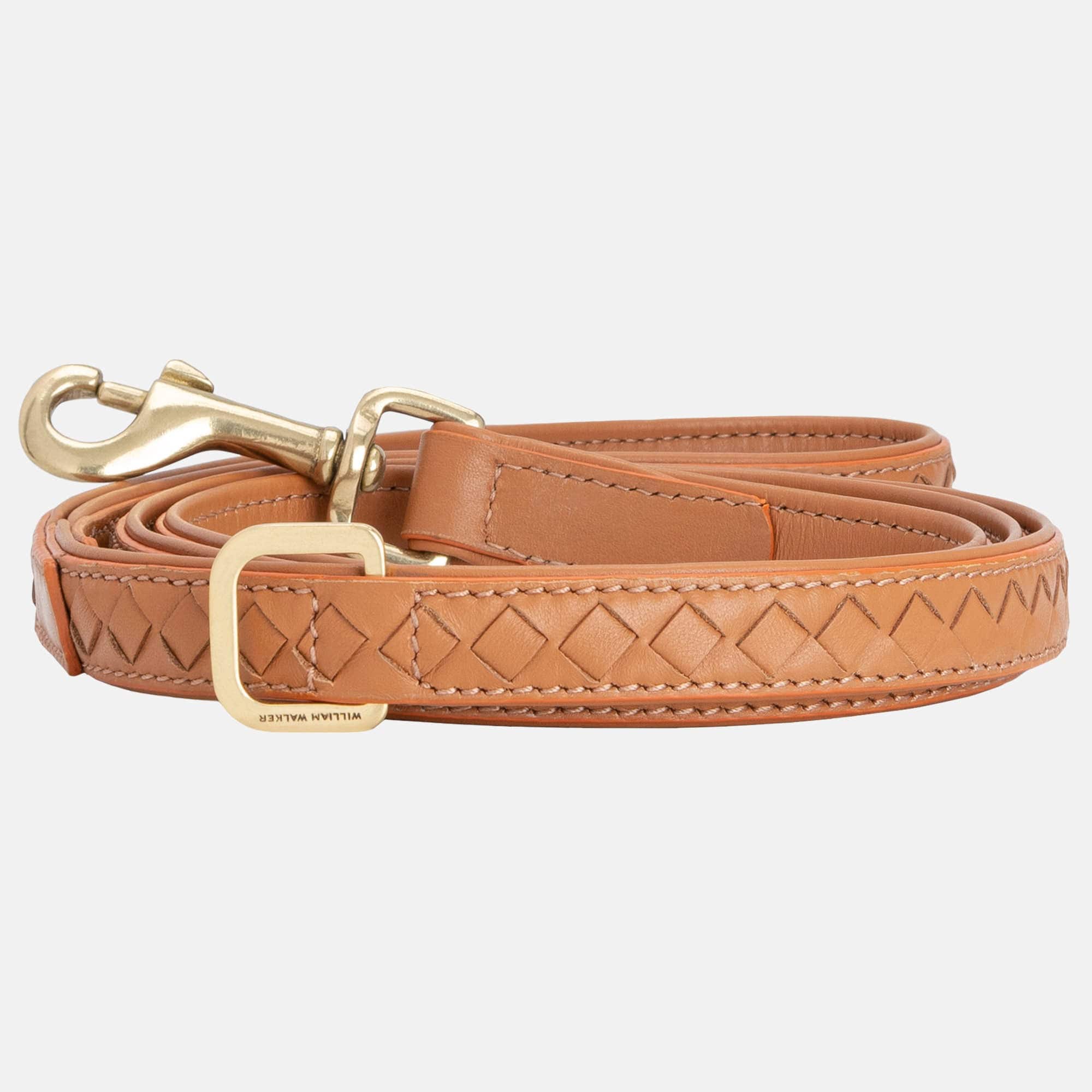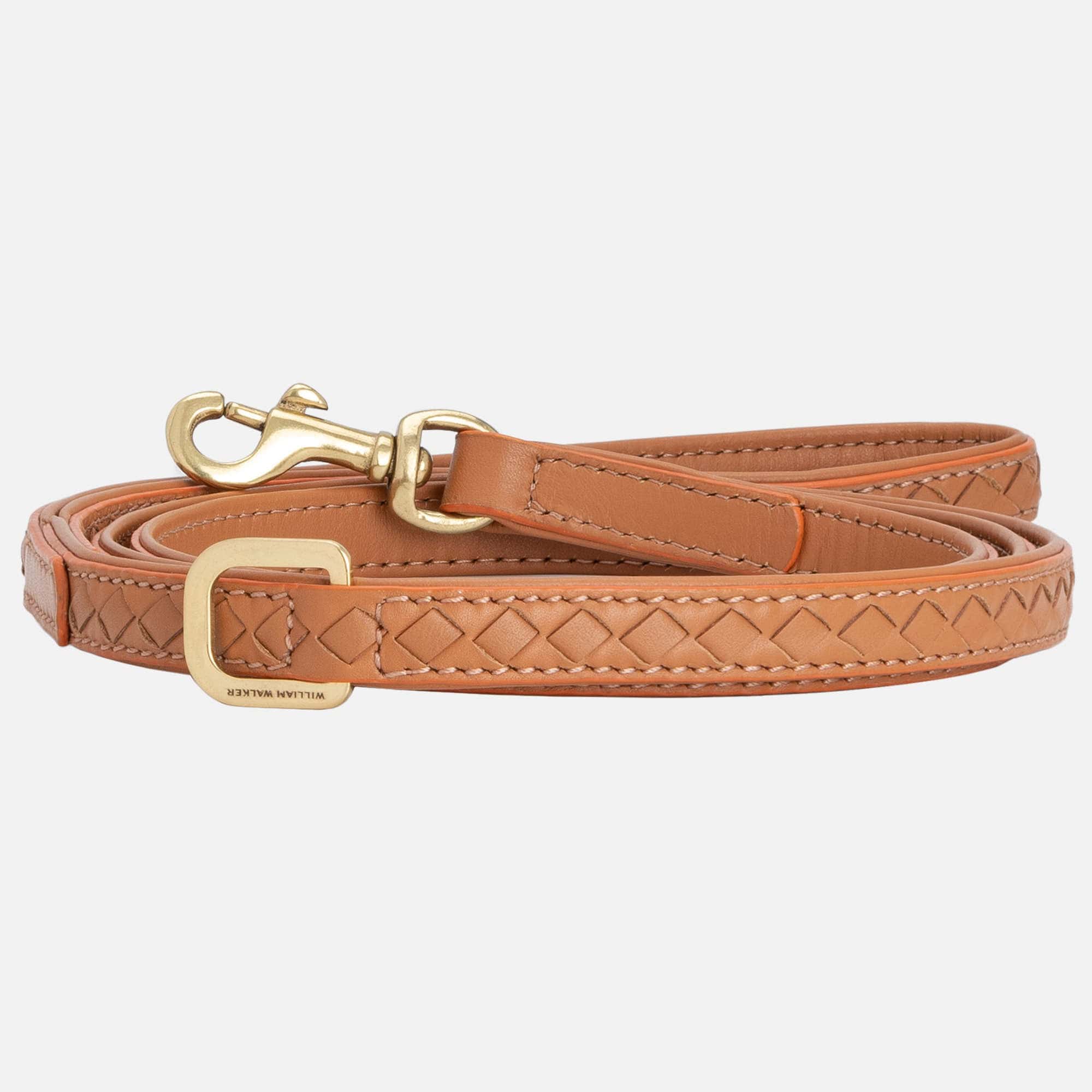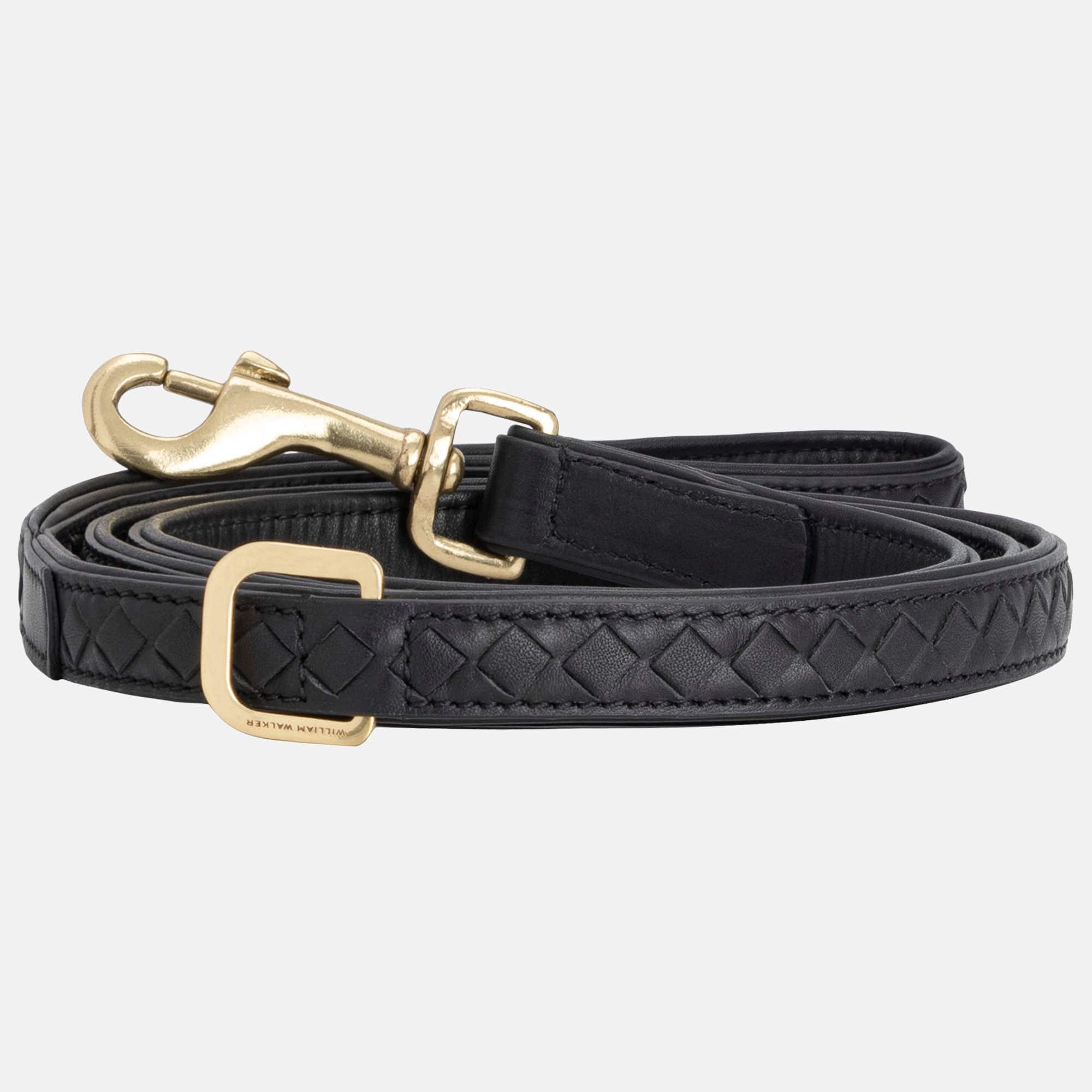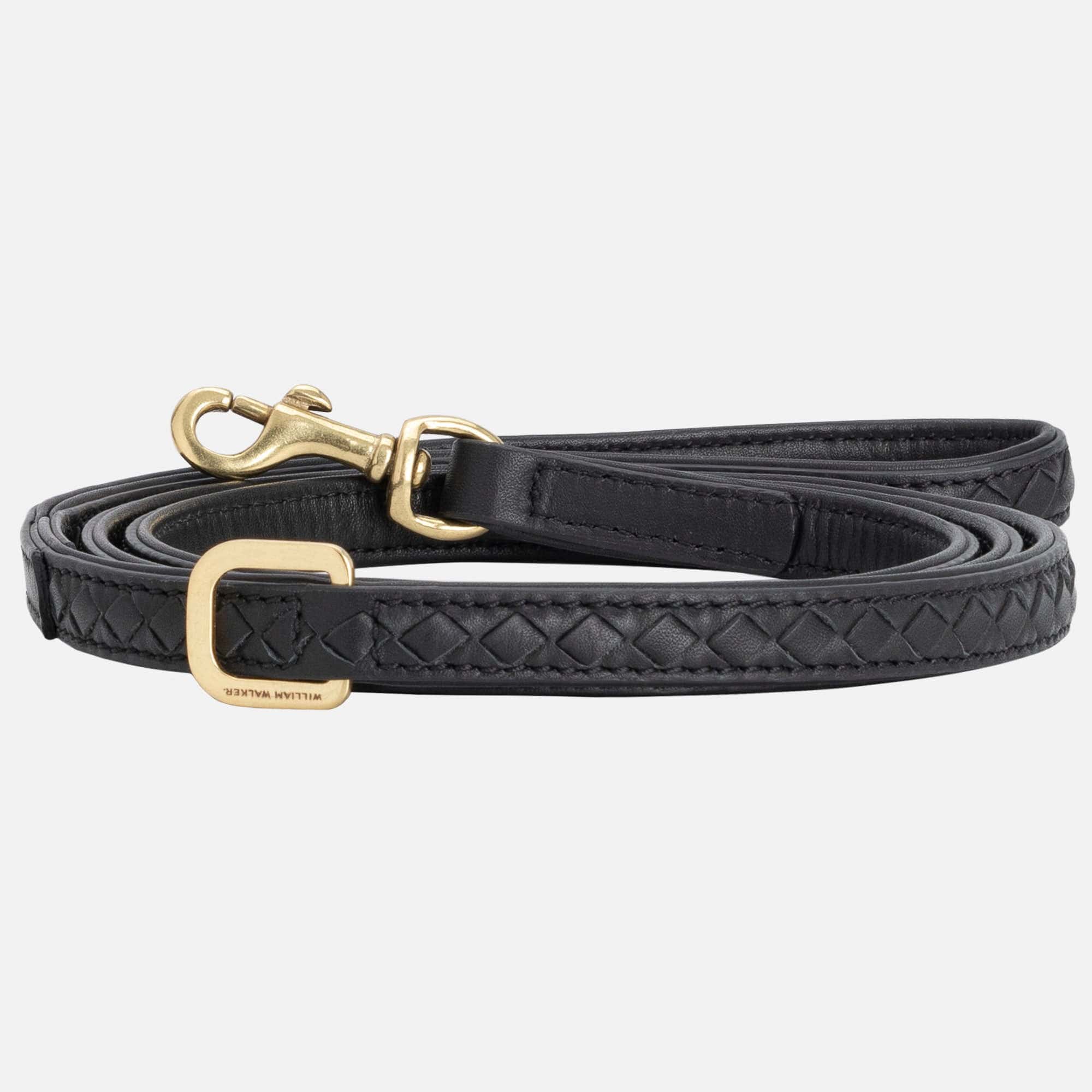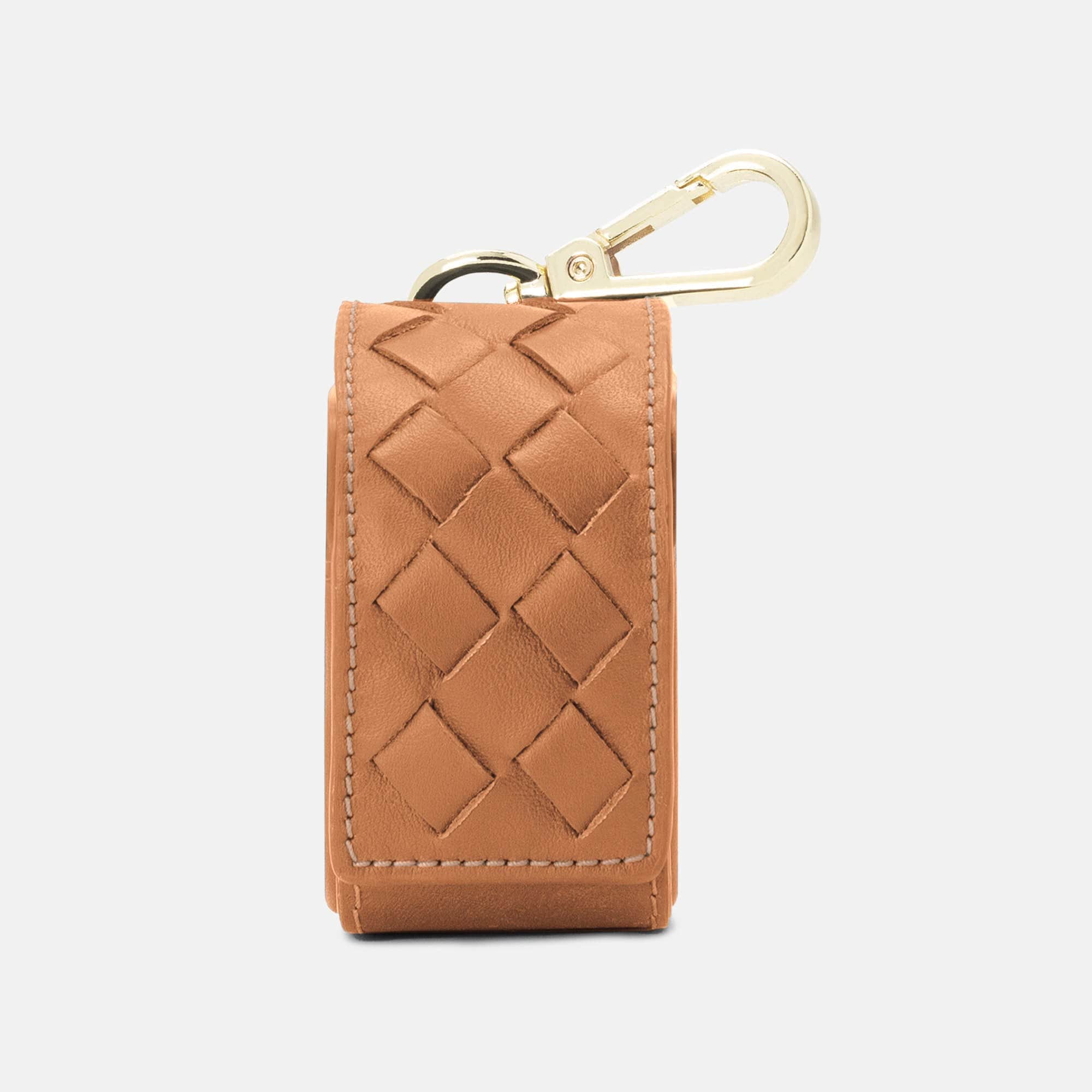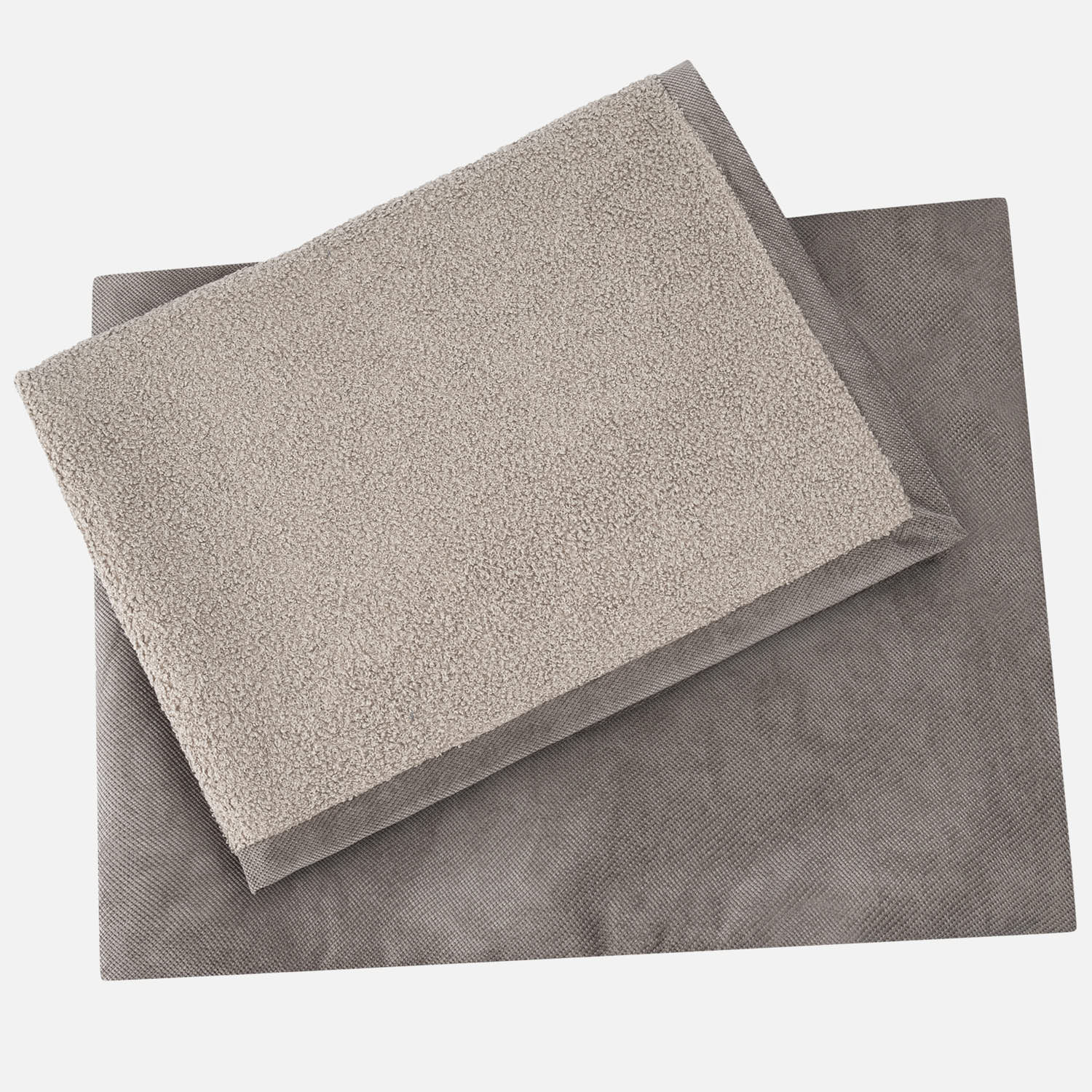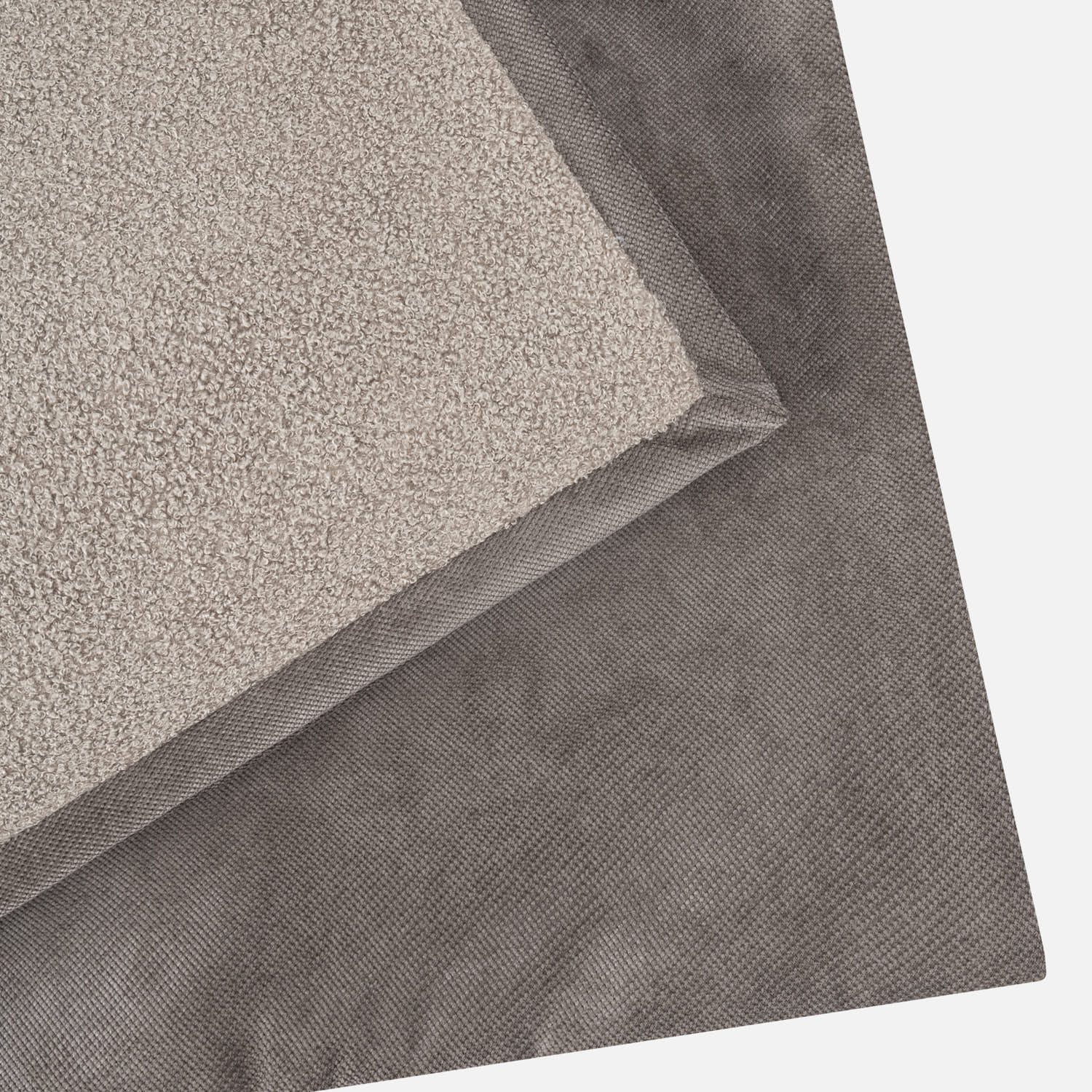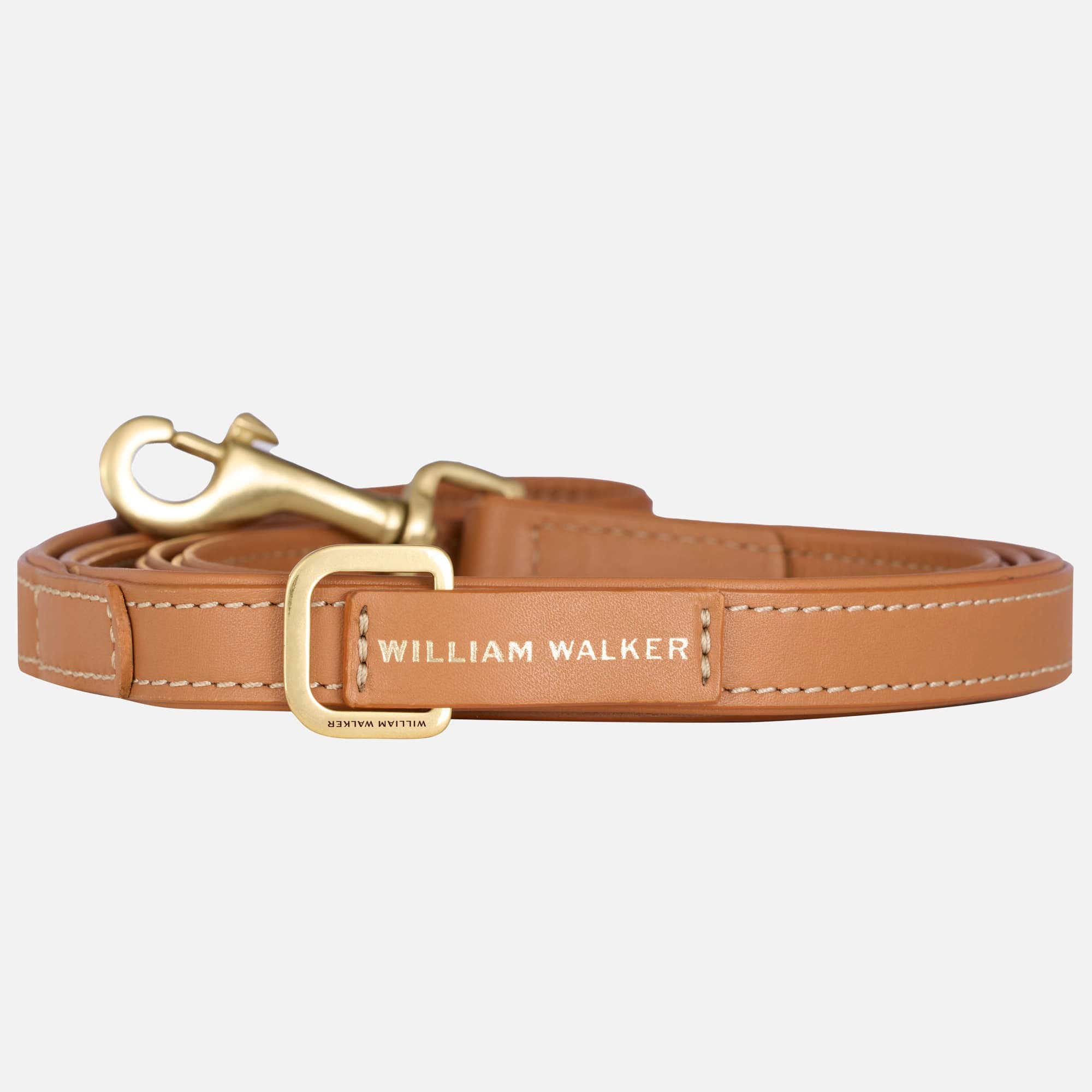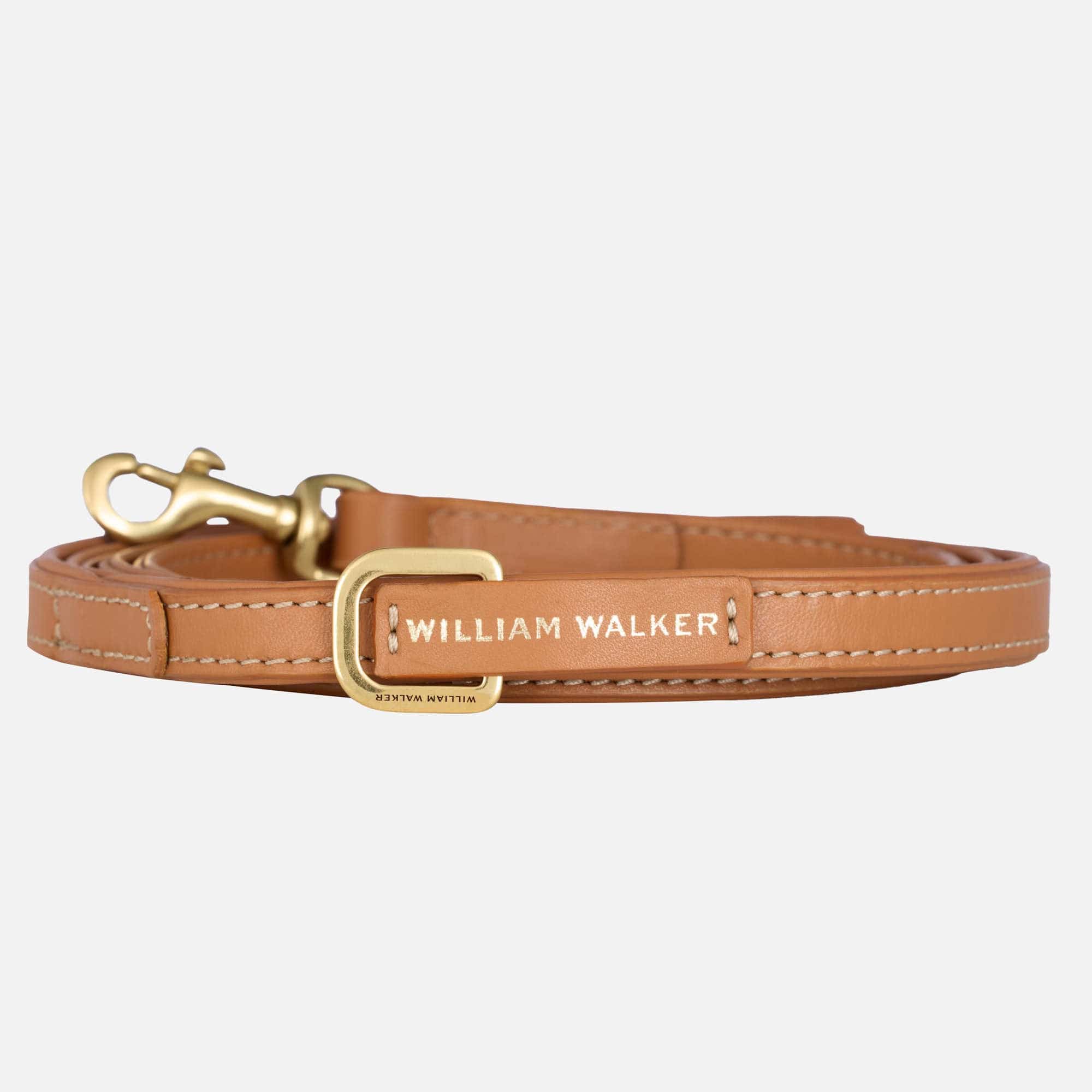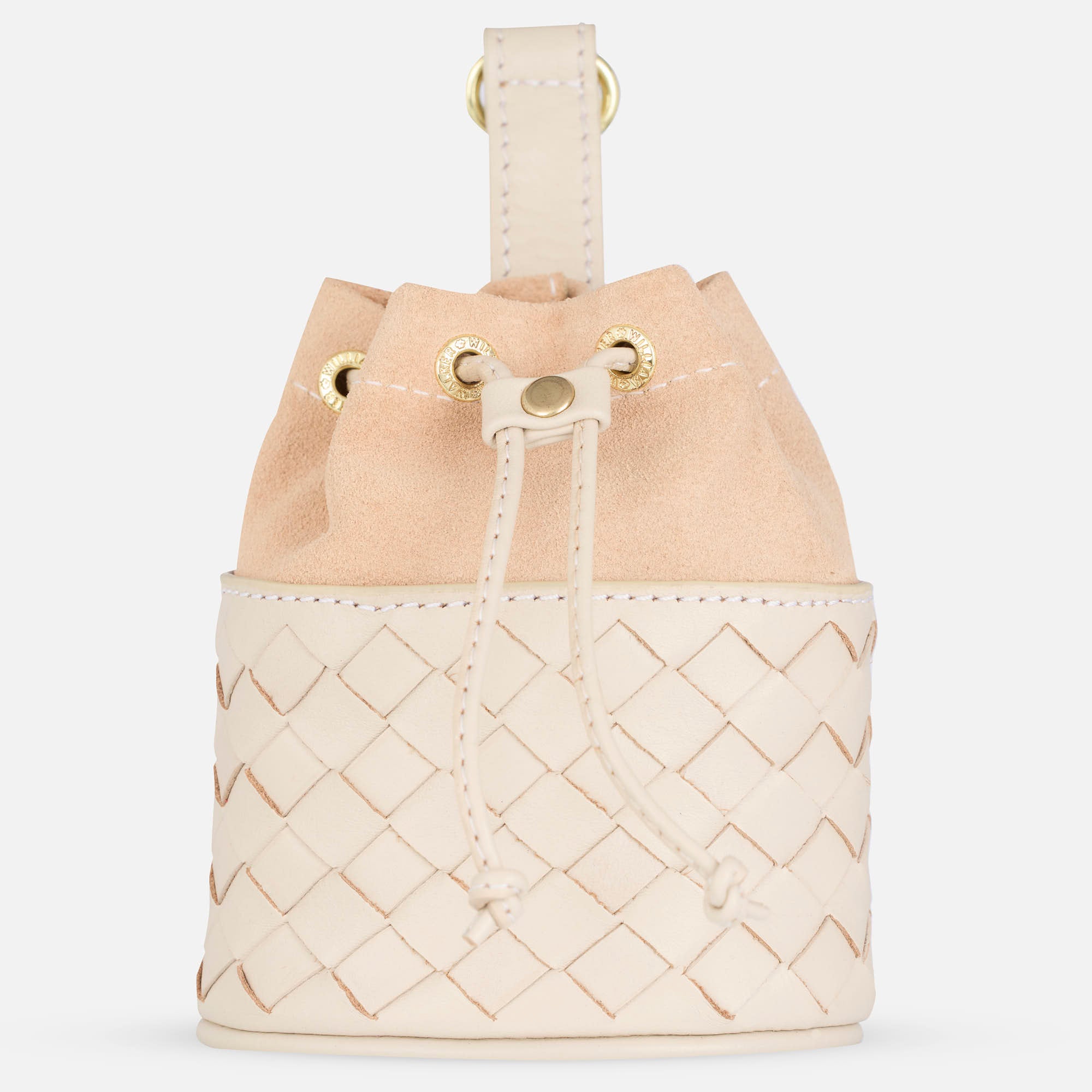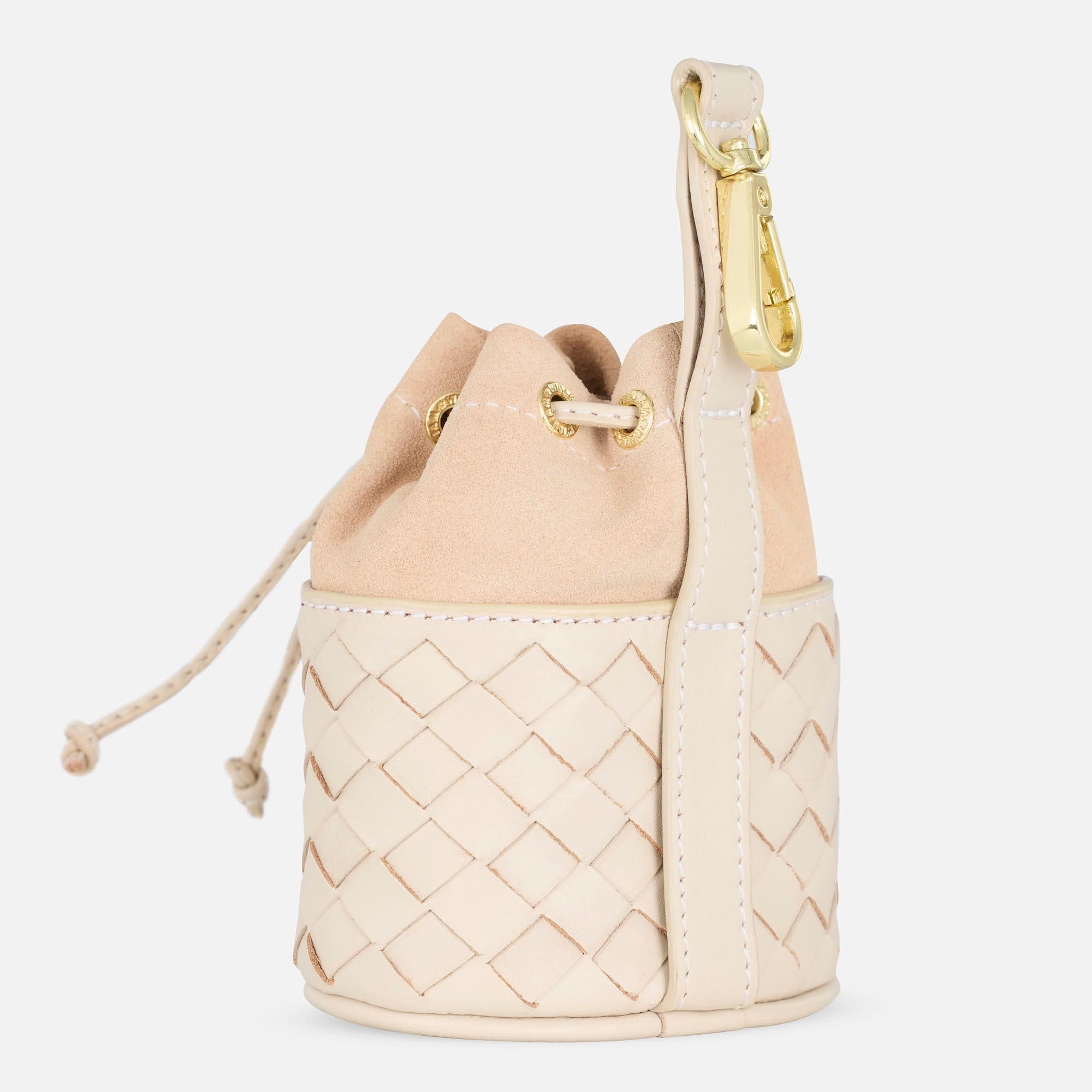Cosa significa esattamente "razza di cane"?
Una razza di cane è una selezione specifica e distinguibile di un cane domestico. La Fédération Cynologique Internationale (FCI) ha attualmente registrato e riconosciuto circa 370 razze canine diverse. L'organizzazione cinofila classifica le razze di cani in base all'aspetto e al carattere, suddividendole in gruppi e sezioni. Ci sono 10 gruppi FCI, tra cui il gruppo FCI 1: Cani da pastore e cani da conduzione e il gruppo FCI 3: Terrier.
Quale cane fa per me?
Questa è la domanda cruciale quando si acquista un cane. Chi desidera accogliere un amico a quattro zampe deve informarsi sulle varie razze canine. Non deve necessariamente trattarsi di un cucciolo di razza pura, poiché anche i meticci dei canili ci forniscono indicazioni sulle varie combinazioni di razza, ad esempio se il cane crescerà molto o potrebbe avere un istinto di caccia. Tuttavia, non solo la razza e le sue caratteristiche determinano lo sviluppo e il comportamento del cane, ma anche l'educazione e la socializzazione.
Il Boxer - un amato cane da famiglia

Peso: 25 - 32 kg
Altezza al garrese: 53 - 63 cm
Expectativa di vita: 10 -12 anni
Colori: Bianco, tigrato, fulvo
Assegnazione: FCI gruppo 2 - Pinscher e Schnauzer - Molossoidi - Cani da pastore e altre razze, Sezione 2.1 Molossoidi, cani di tipo dogo. Con prova di lavoro.
Storia e origine del Boxer
Il Brabanter Bullenbeißer è considerato un antenato diretto del Boxer tedesco. Questi Bullenbeißer venivano allevati come cani da caccia e aiutavano i cacciatori a catturare e trattenere la preda. Aveva un morso particolarmente forte e robusto e una bocca molto larga, rendendolo ideale per questo tipo di lavoro. Attraverso la selezione degli allevamenti è nato il Boxer, come lo conosciamo oggi, con il muso largo e il naso appiattito. Anche se esteticamente ricorda ancora il suo antenato, caratterialmente non ha nulla a che fare con i cani da corsa, da caccia o da combattimento di allora. L'incrocio con il Bulldog inglese ha portato a queste modifiche. Oggi, il Boxer è un affettuoso cane da famiglia.
Carattere e natura del Boxer tedesco
Il Boxer è particolarmente noto per la sua fedeltà verso i suoi proprietari. È molto affettuoso e amichevole, ma anche vigile e coraggioso quando necessario. Inizialmente può essere sospettoso nei confronti degli estranei. In caso di necessità, è sempre pronto a difendere e proteggere la sua amata famiglia. Il Boxer è molto amichevole con i bambini e, grazie al suo modo giocoso e curioso, è particolarmente adatto come cane da famiglia. A casa, sa adattarsi bene. Con i suoi simili, però, può essere un po' troppo vivace. In generale, il Boxer ama giocare liberamente con i suoi amici ed è sempre benevolo. Il dolce muso piatto è simile a quello dei Bulldog, ed è considerato una razza di cane con cui si ride molto, poiché ha semplicemente un carattere divertente e vivace.
Importante: Vogliamo sottolineare che questa razza di cane può purtroppo essere soggetta a maltrattamenti nella selezione e, di conseguenza, spesso soffre di brachicefalia (costo corto), il che può portare a difficoltà respiratorie. Inoltre, altre malattie derivanti da pratiche di allevamento errate si manifestano frequentemente nei Boxers tedeschi. Pertanto, chiediamo cautela e particolare attenzione durante l'acquisto di un Boxer tedesco.
Scopri tutto sulla malattia da selezione >
Educazione del dolce Boxer
Insegnare qualcosa al Boxer è divertente, poiché il fedele amico è molto desideroso di apprendere e riesce a eseguire i comandi in modo rapido e efficace. Tuttavia, quando vuole, può anche mostrarsi testardo, soprattutto se l'attività non gli sembra utile. Attività e passeggiate con i suoi proprietari sono estremamente importanti per il cane attivo. Le gite comuni non solo esauriscono il Boxer, ma rafforzano anche il legame tra lui e il suo padrone.
Gestione del Boxer tedesco
Grazie al suo forte legame con i suoi proprietari, il Boxer non è adatto a persone che sono sempre impegnate e che lo lasciano spesso e per lungo tempo da solo. Il cane fedele si sente meglio vicino alla sua famiglia e immerso nell'azione. A causa delle sue dimensioni, è importante evitare che il Boxer salga frequentemente le scale, poiché ciò potrebbe causare artrosi o altre malattie articolari comuni nei cani di taglia grande. Anche un appartamento o una casa con giardino sarebbe una grande arricchimento per la vita del curioso Boxer.
Consiglio di moda / raccomandazione di taglia per il Boxer
Con il suo bel pelo corto, il Boxer si presta perfettamente per il nostro set Paracord Hanseatic, che non solo ha un bell'aspetto, ma è anche 100% vegano con Biothane®. Con una circonferenza del collo media di 45-55 cm, al Boxer tedesco si adatta perfettamente la nostra taglia L.



























